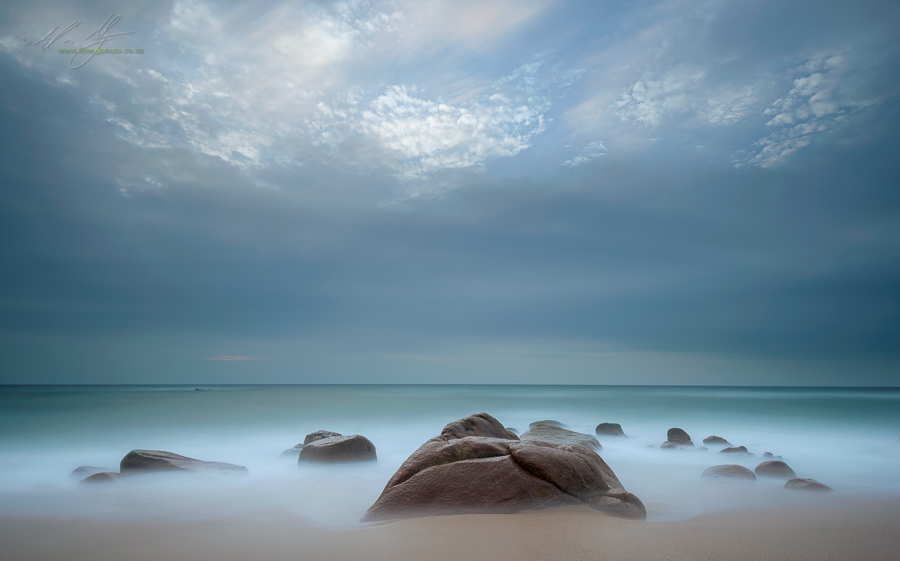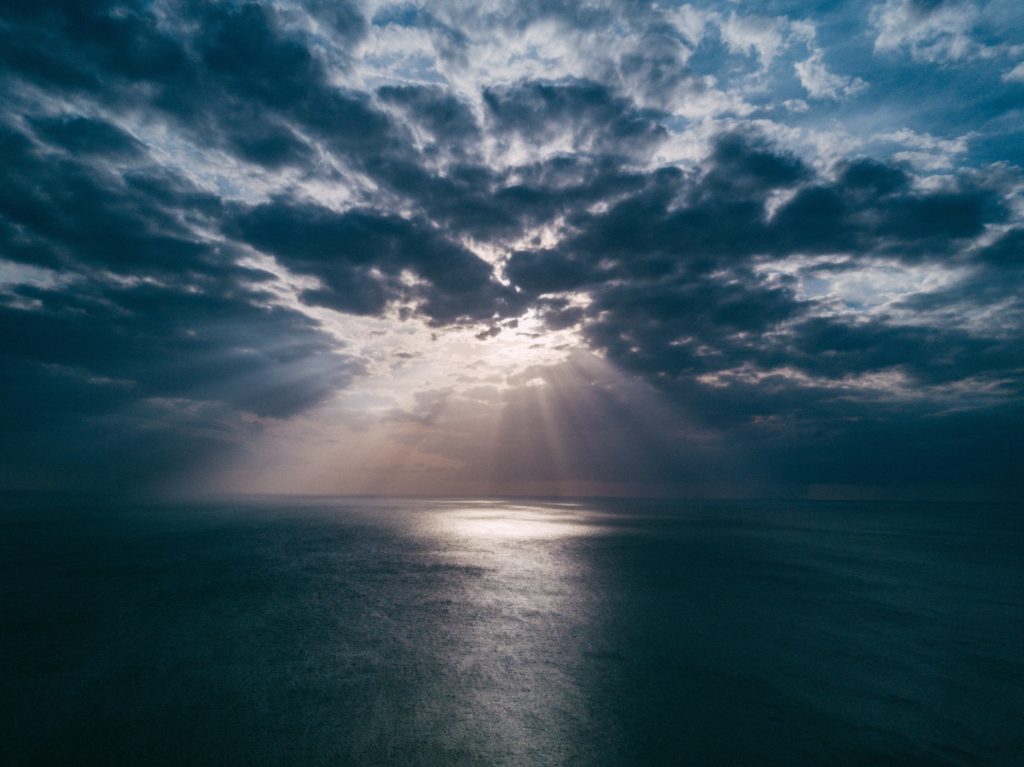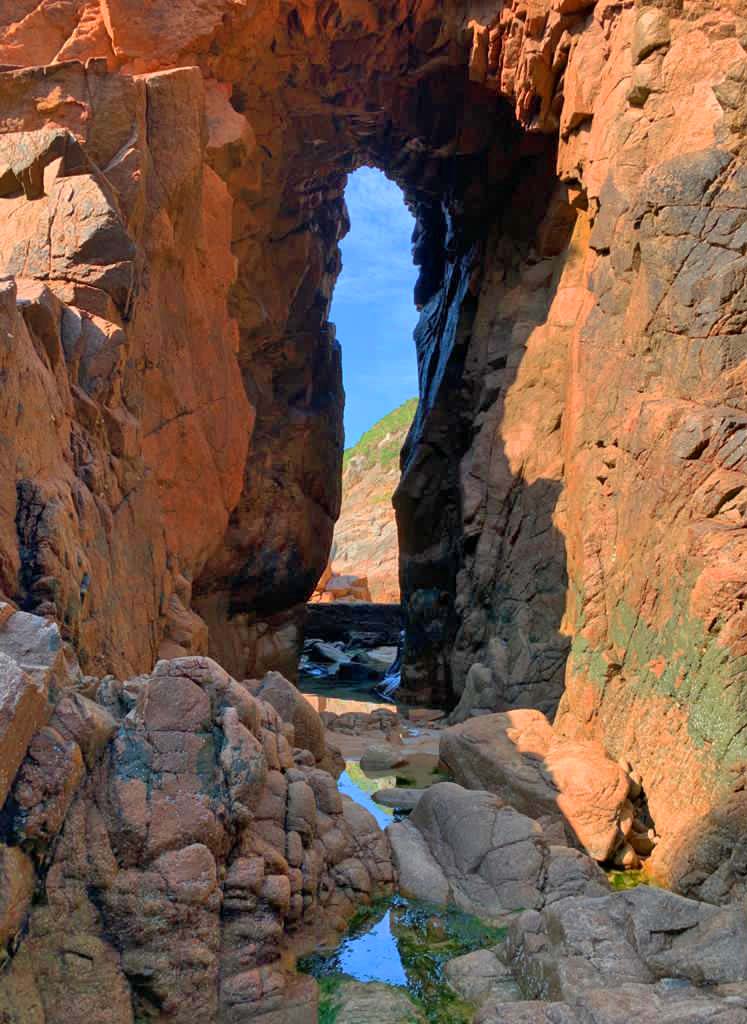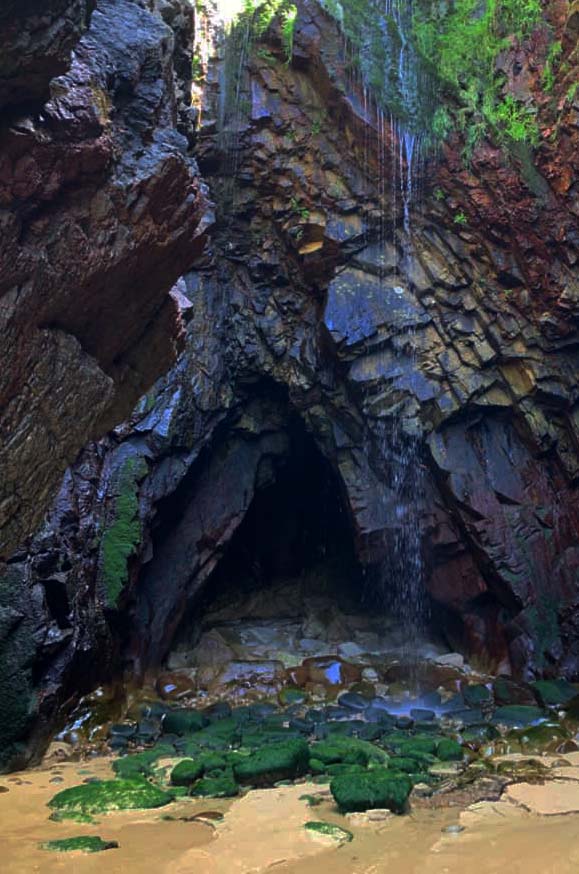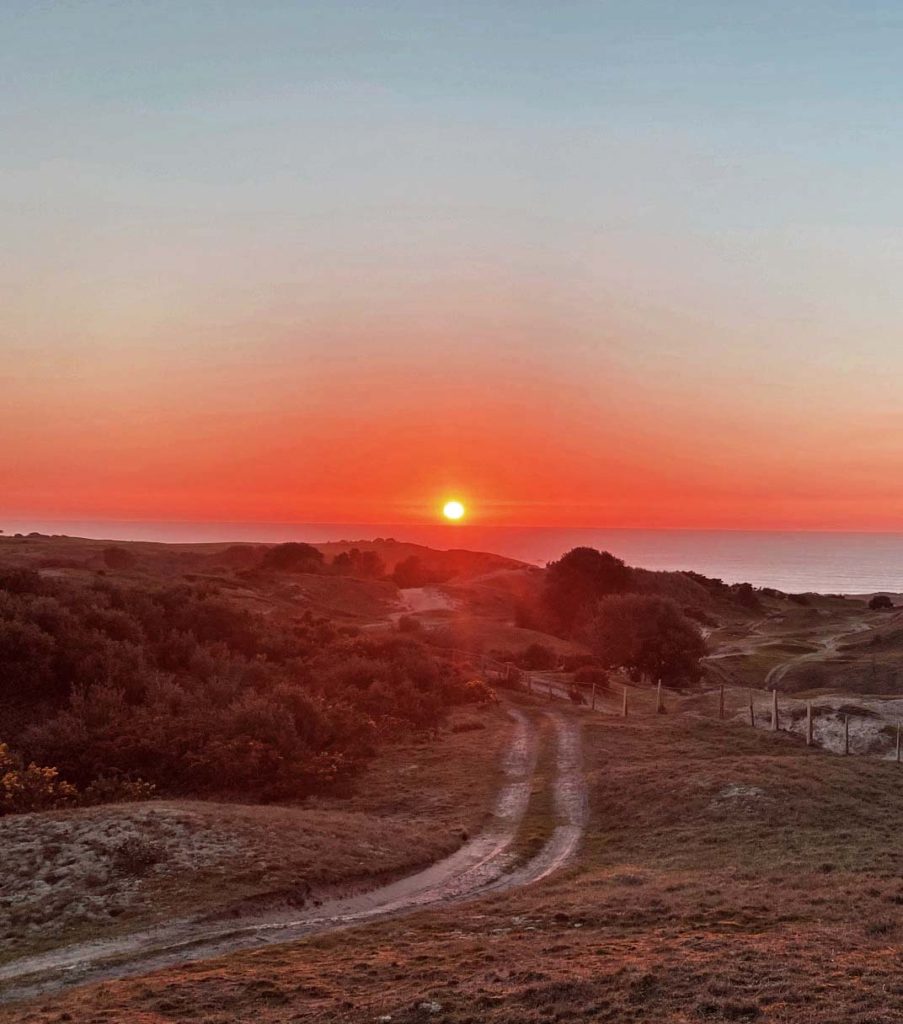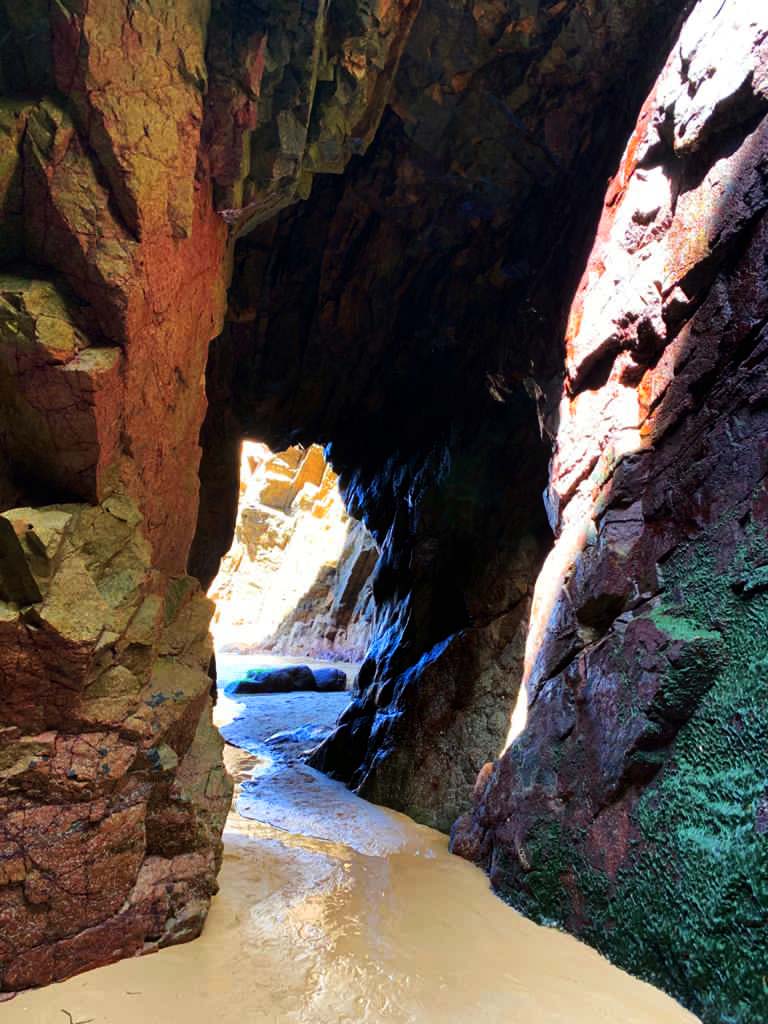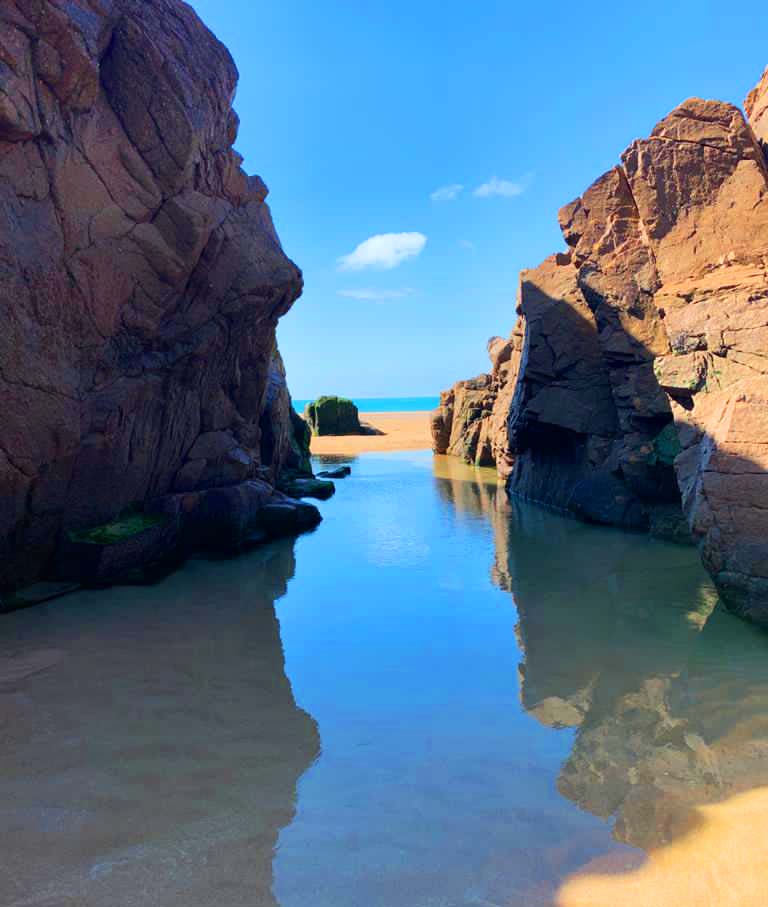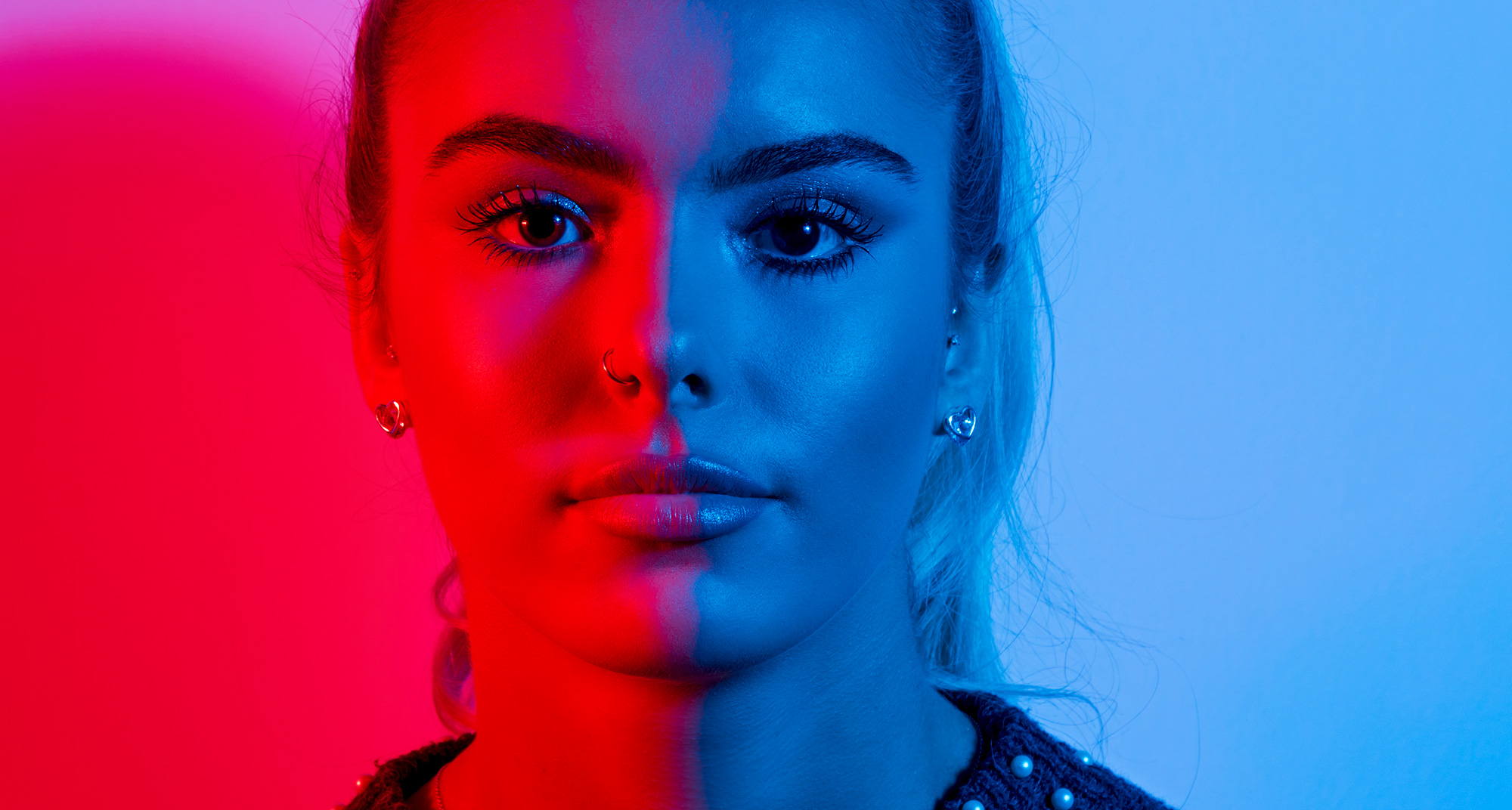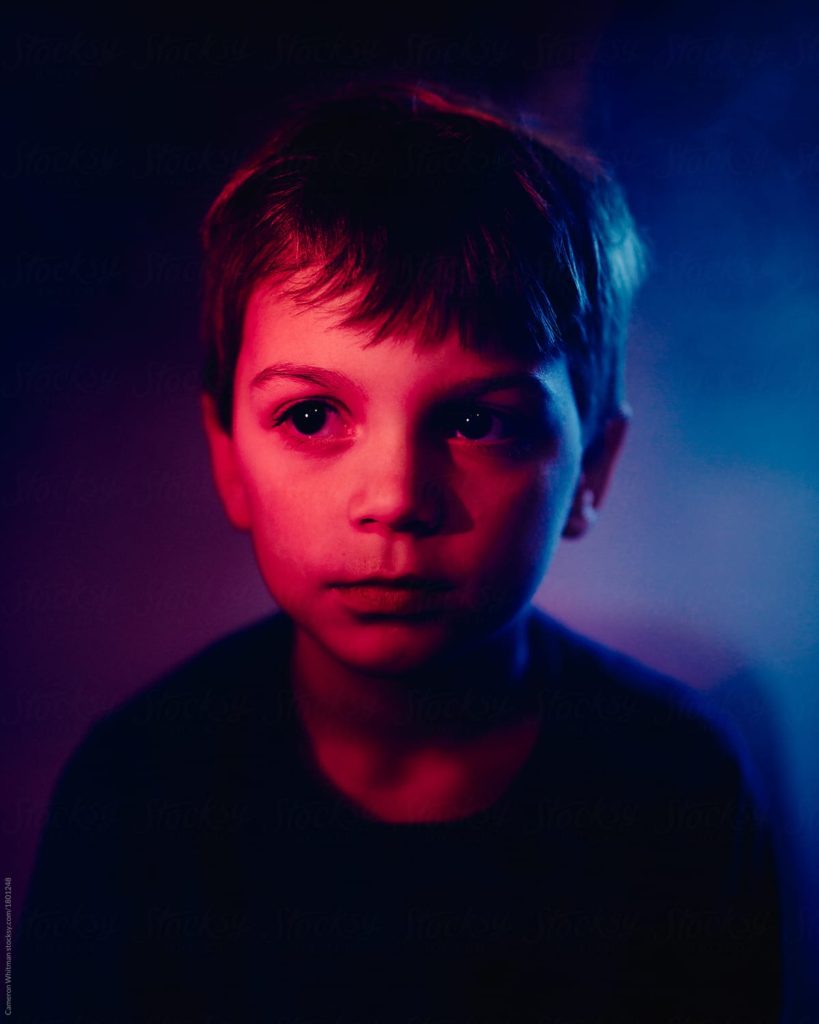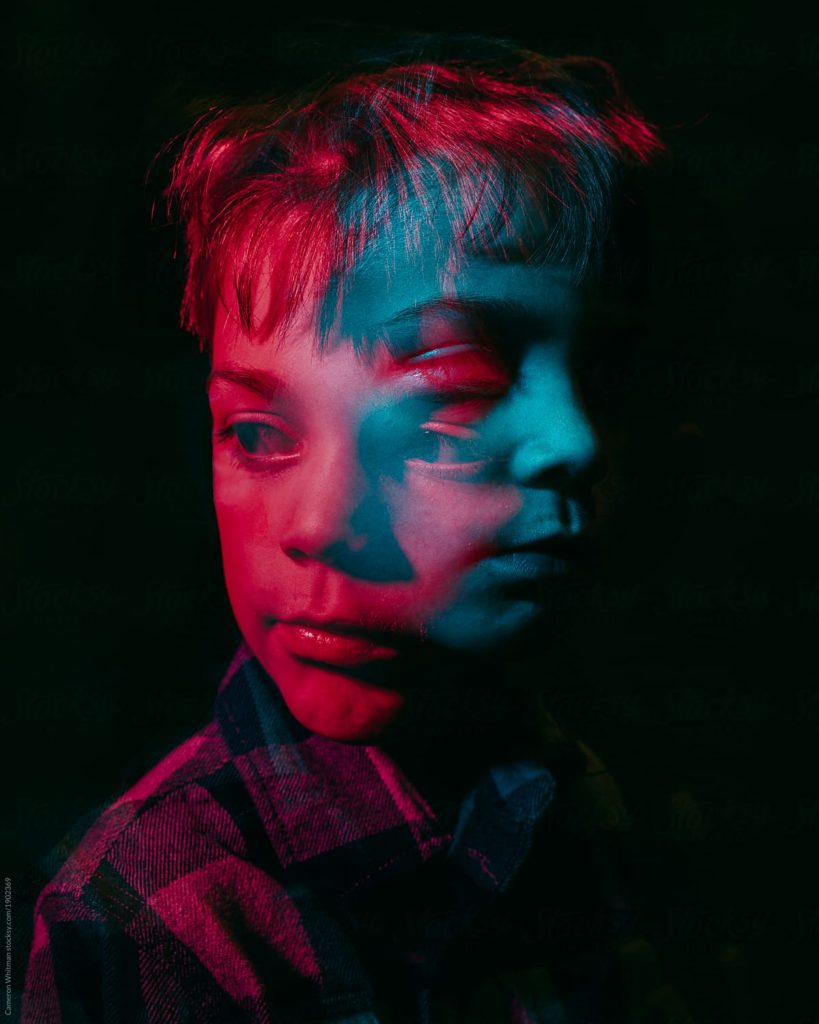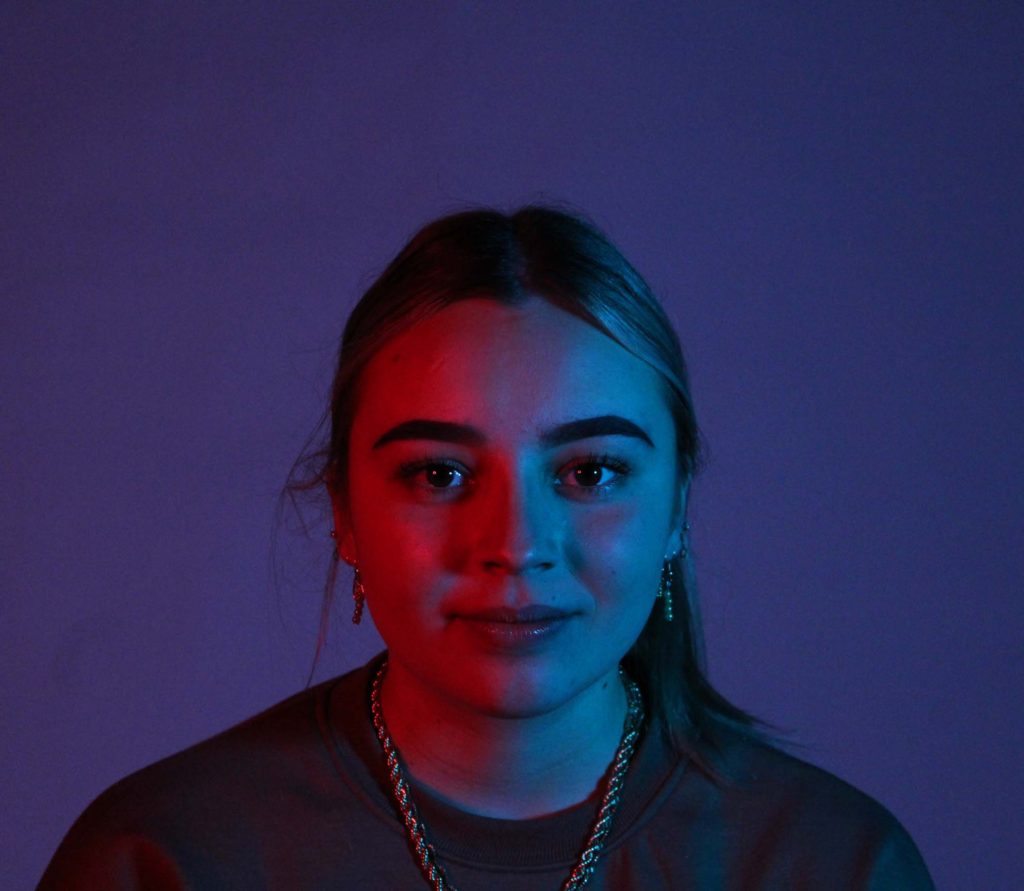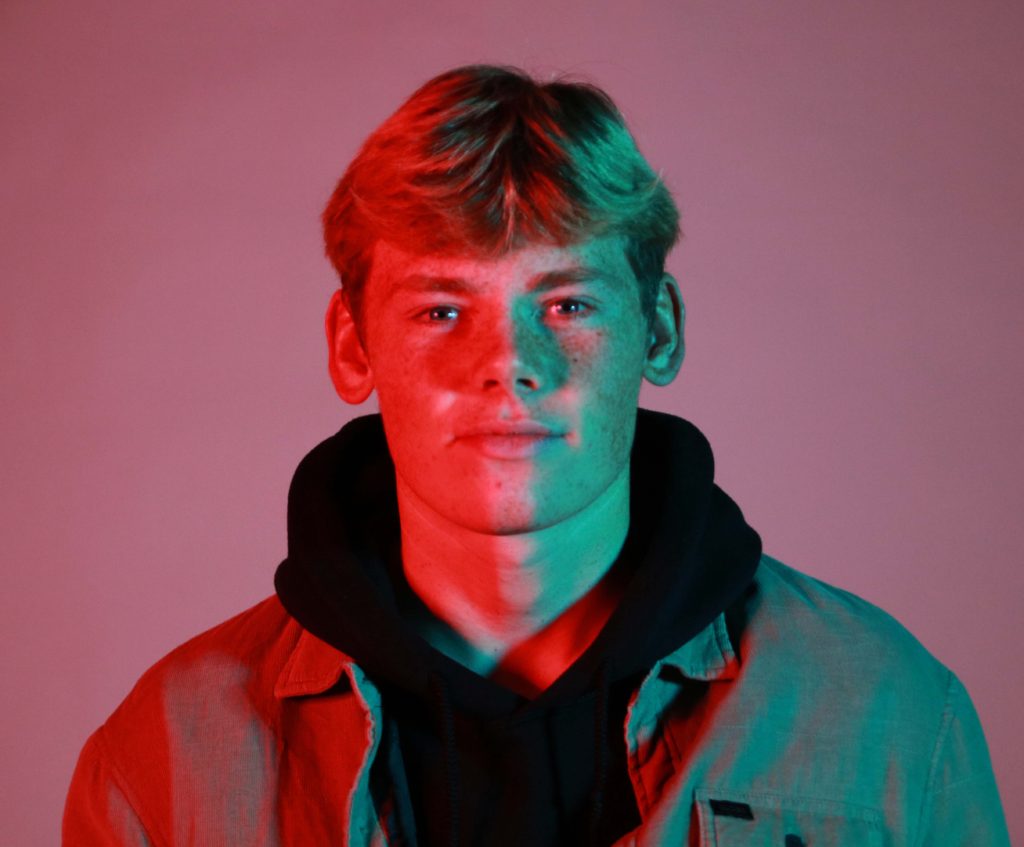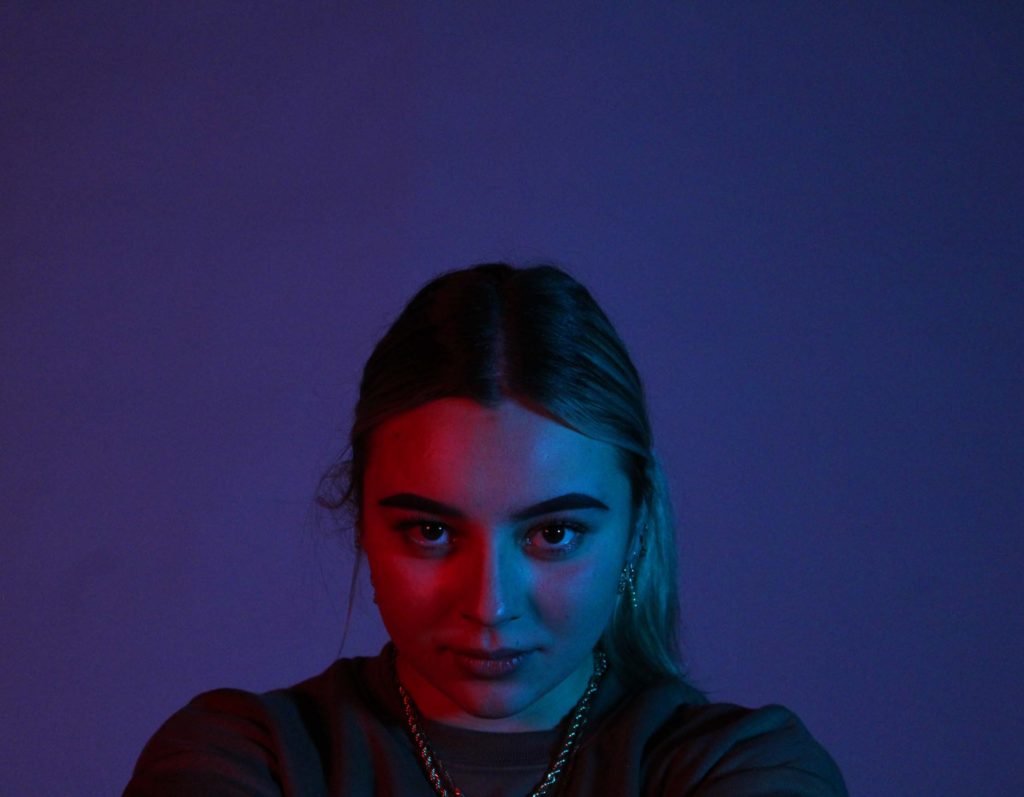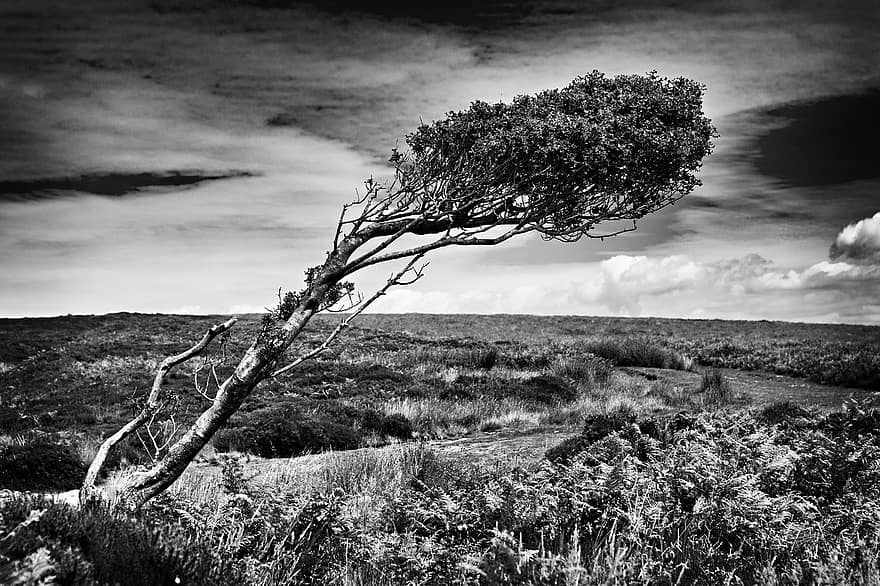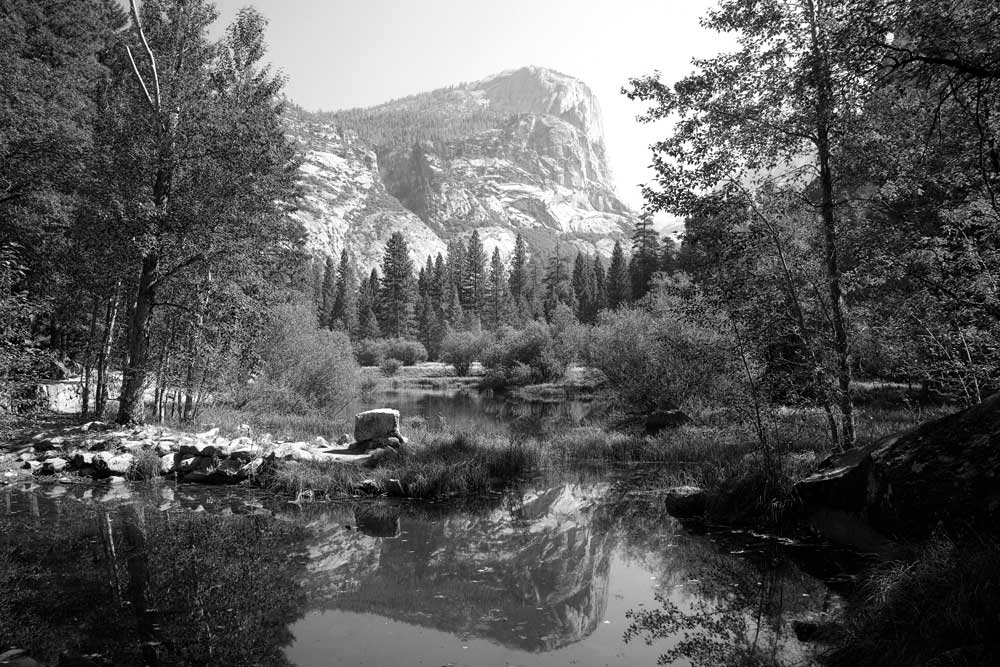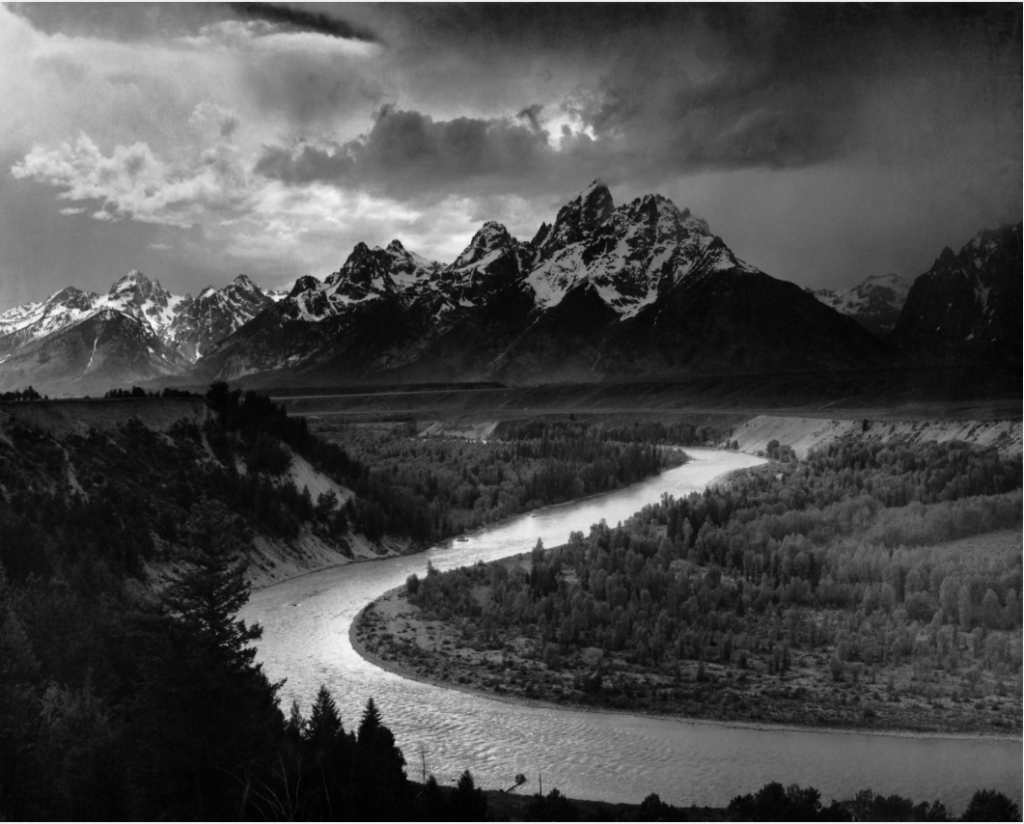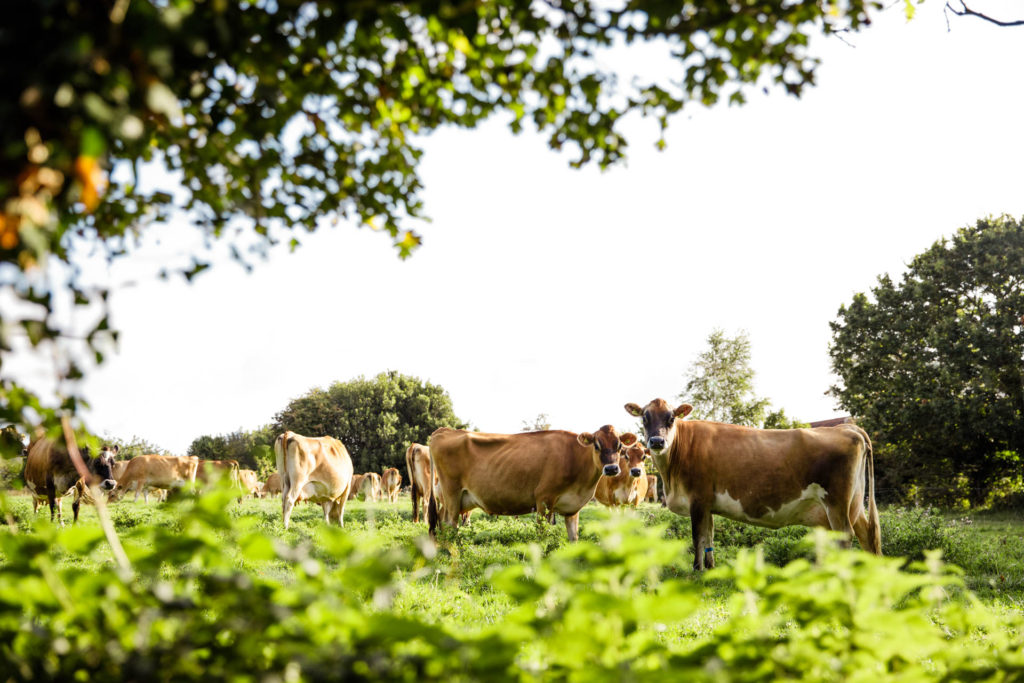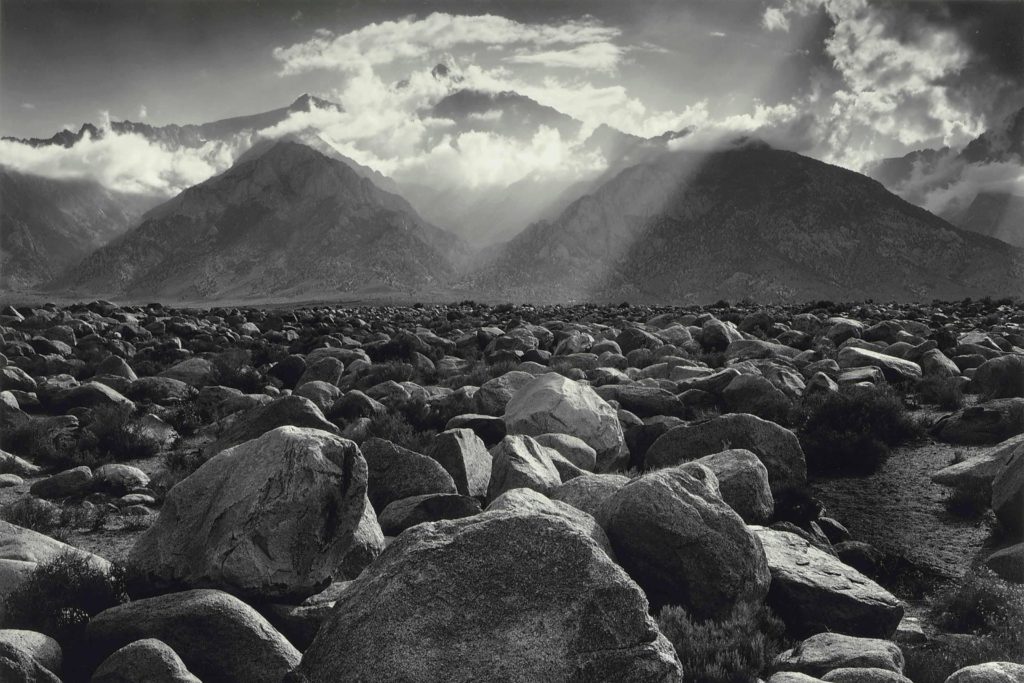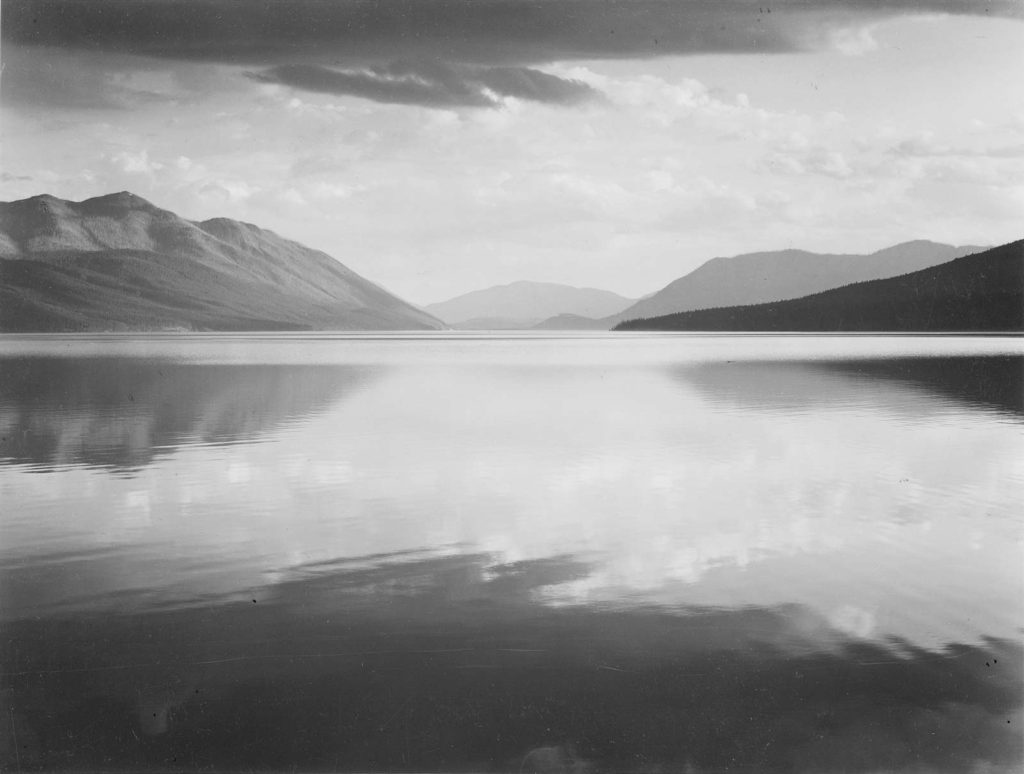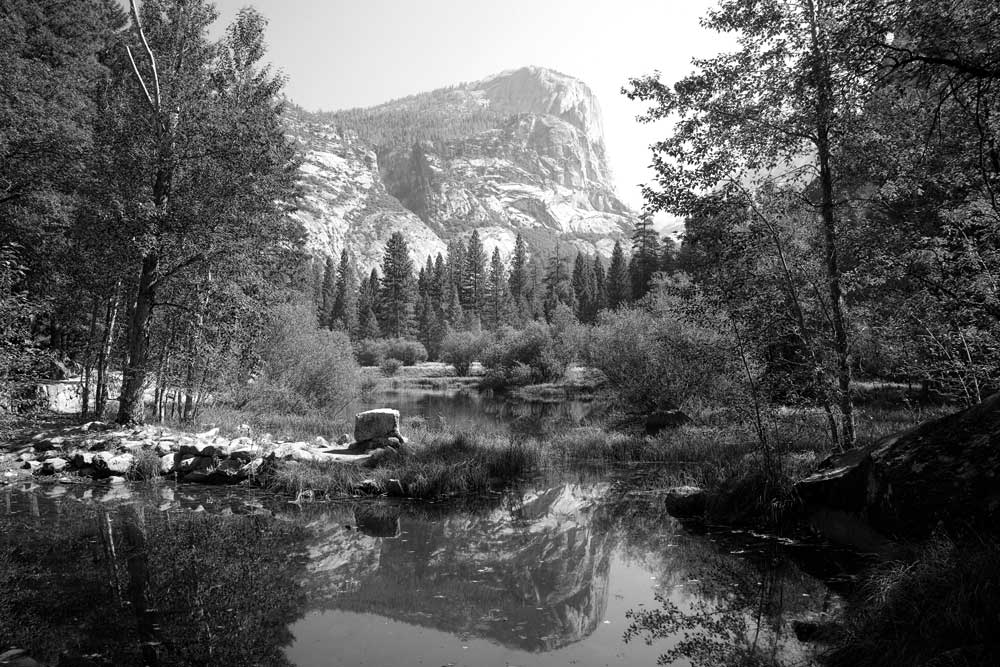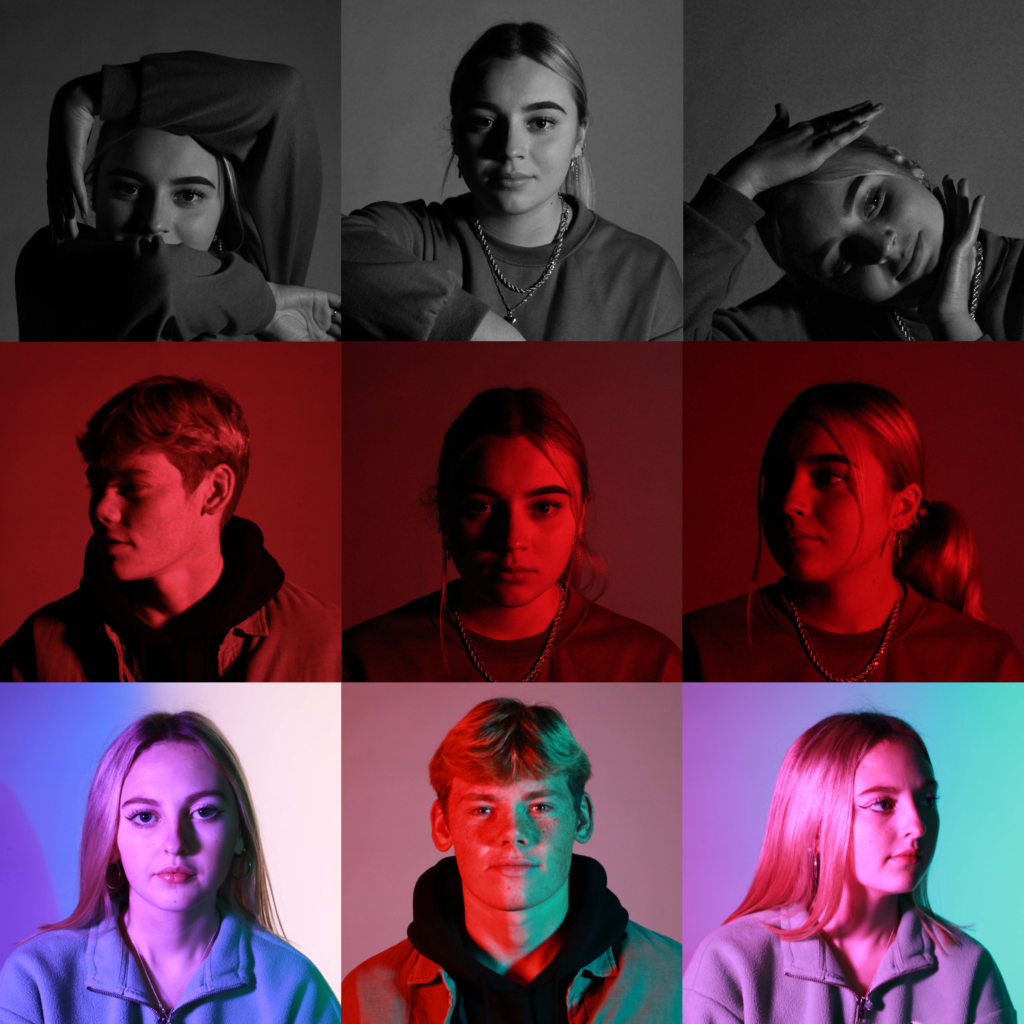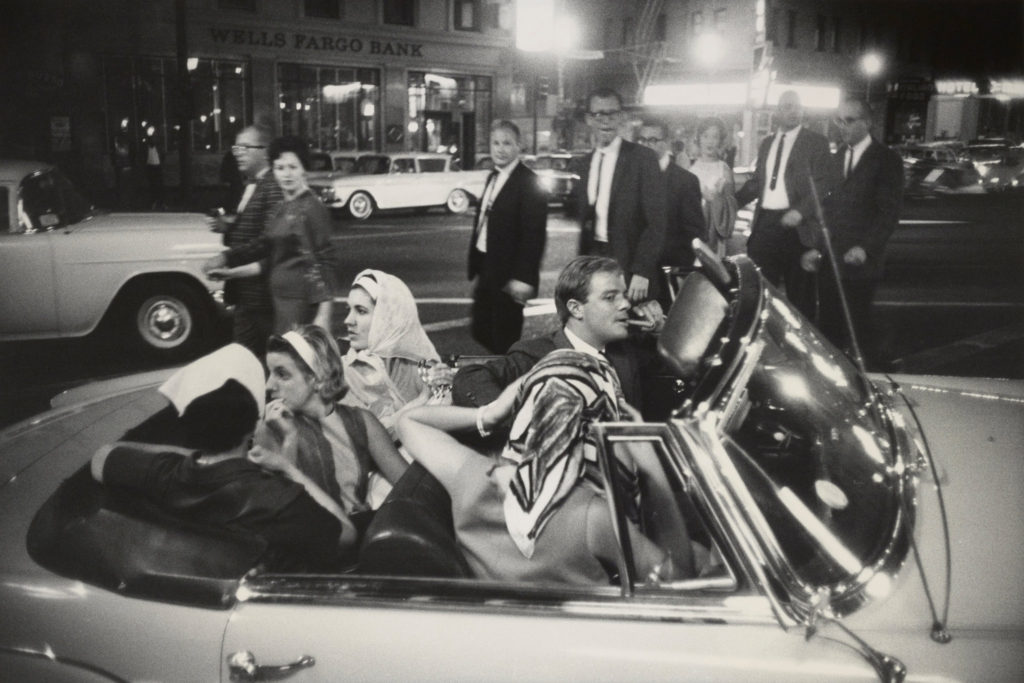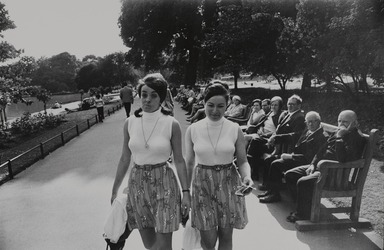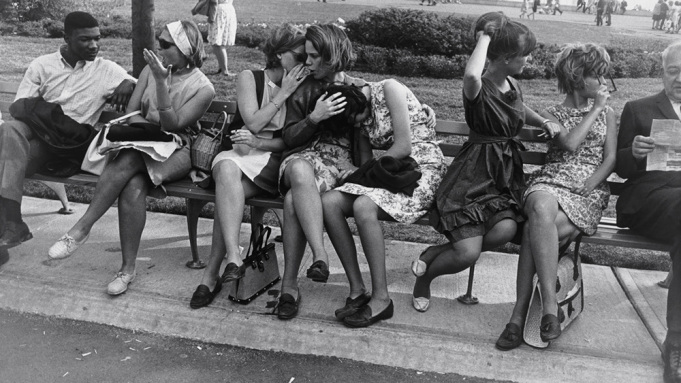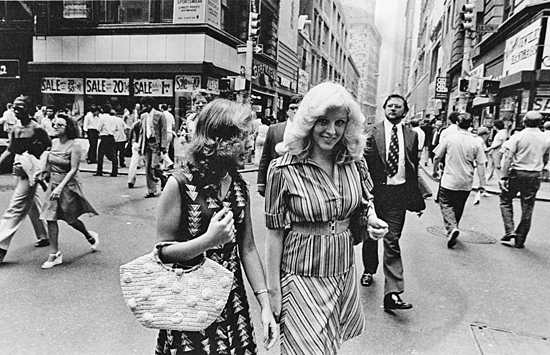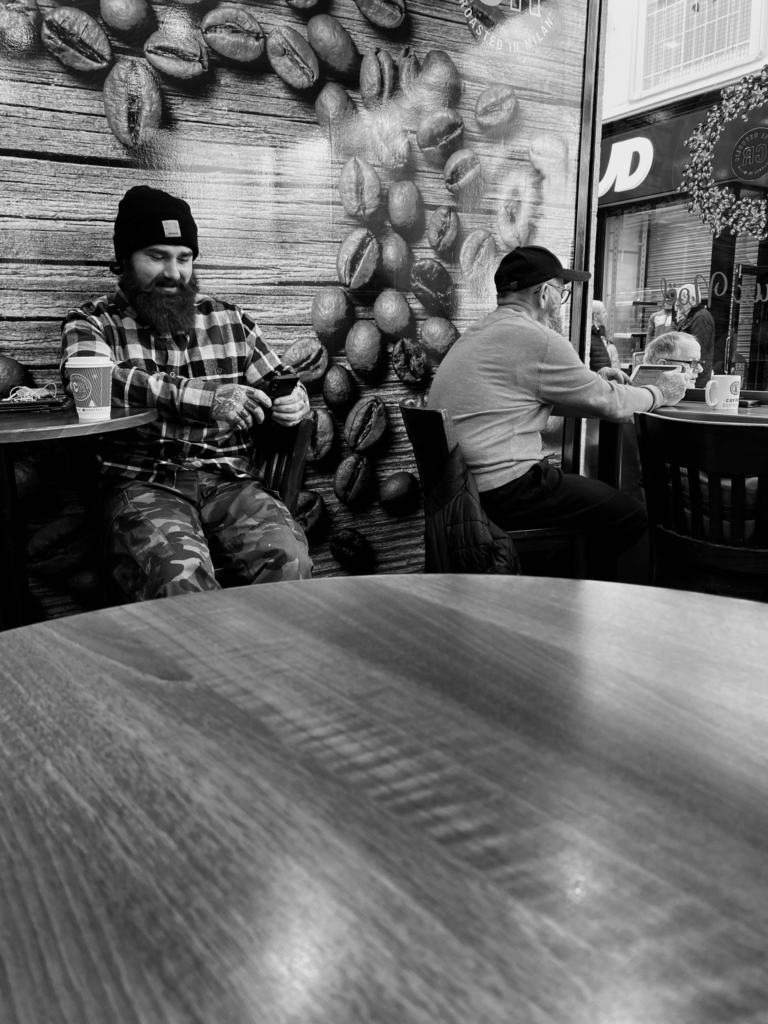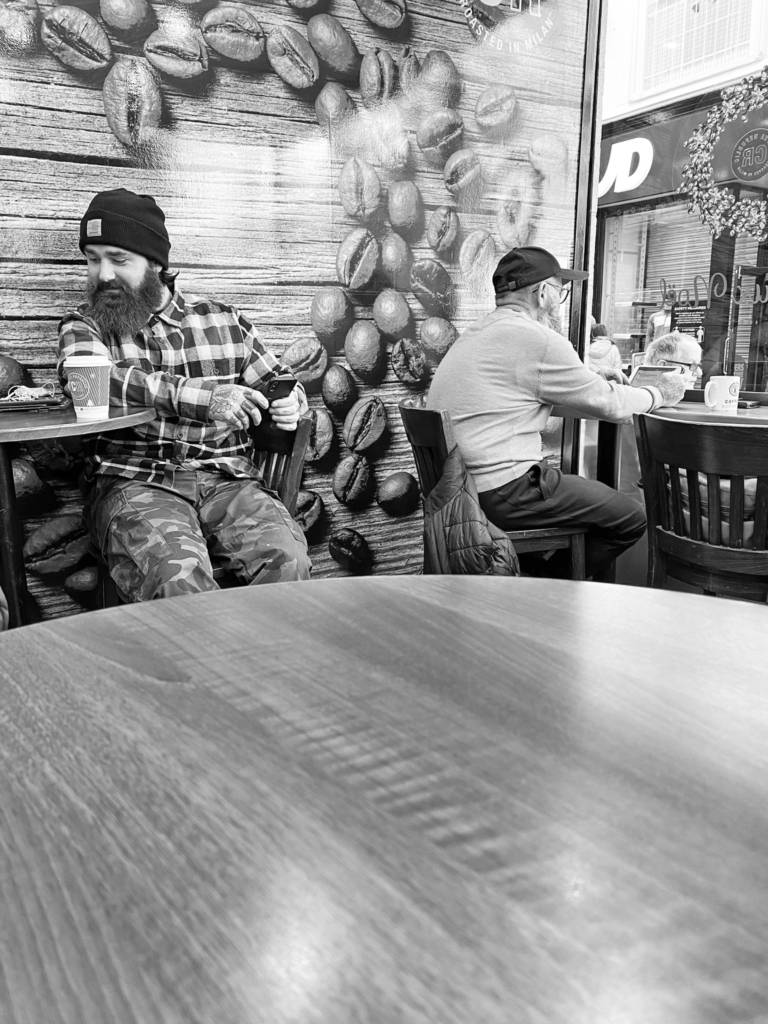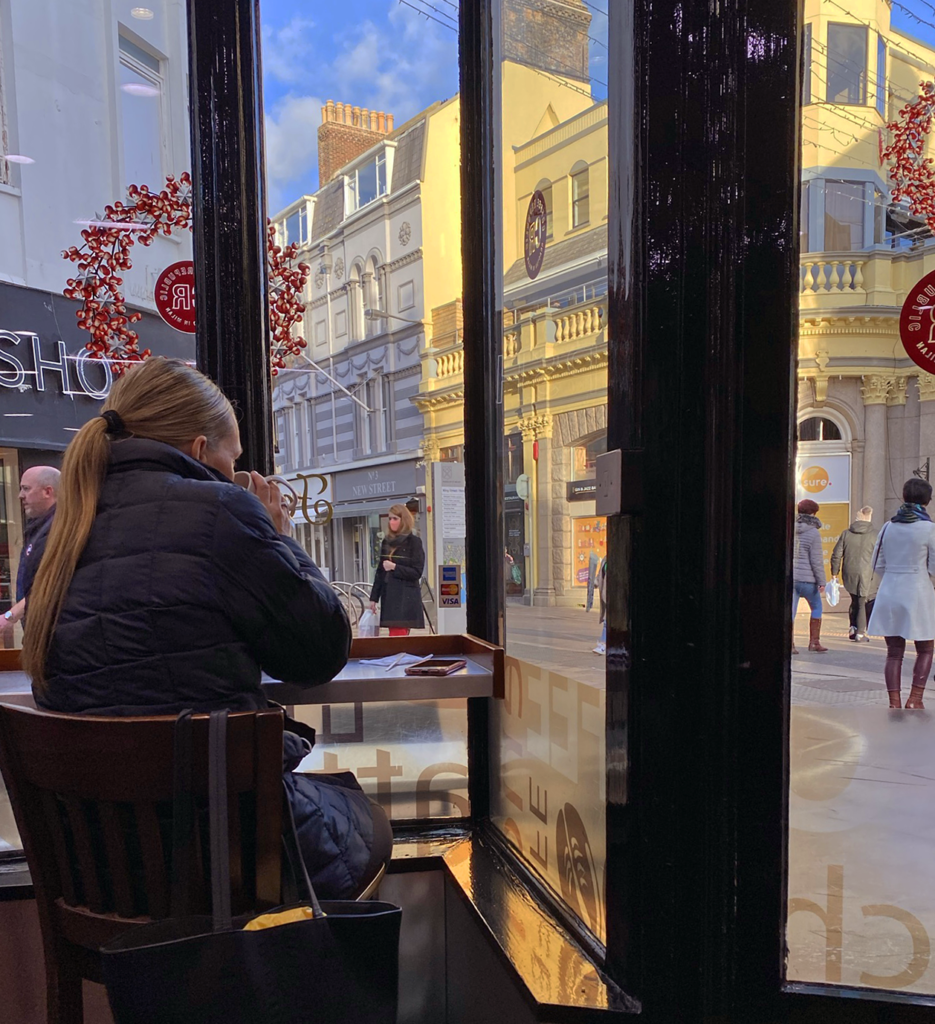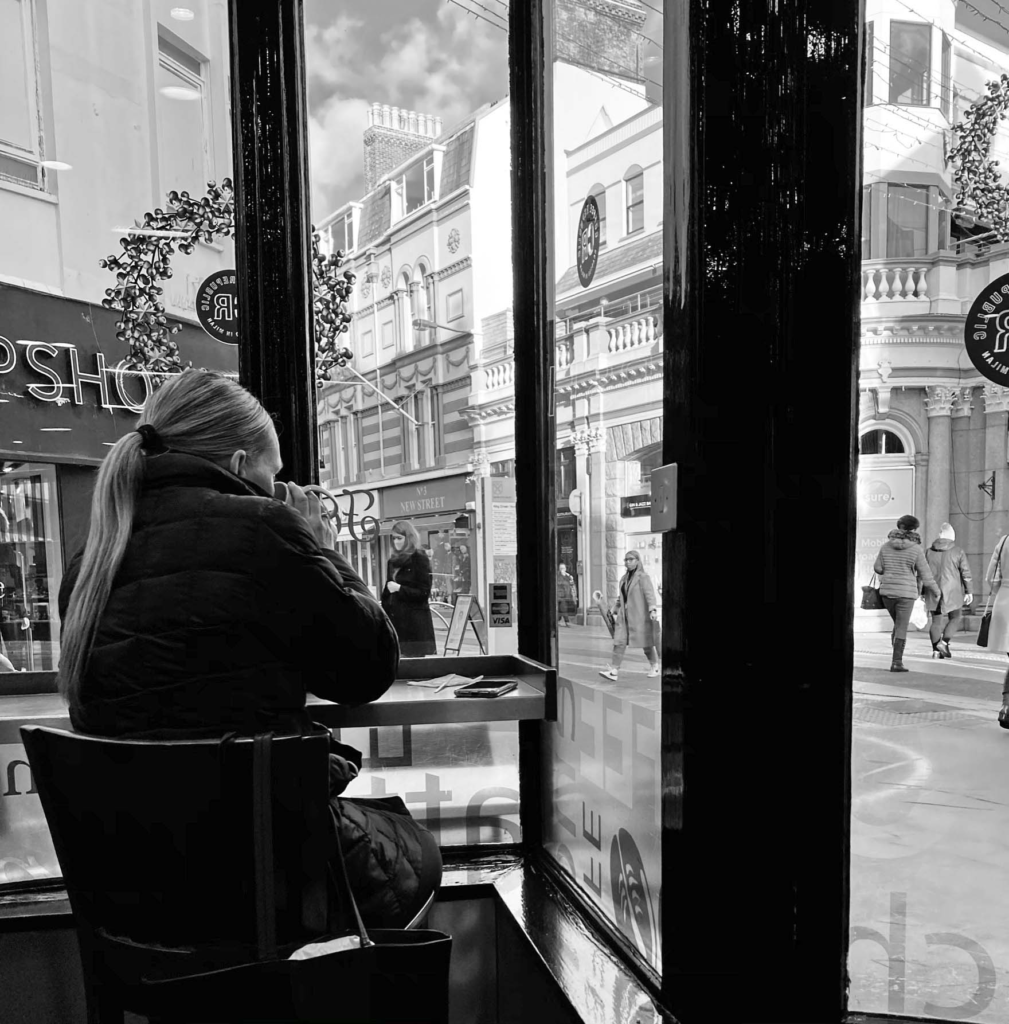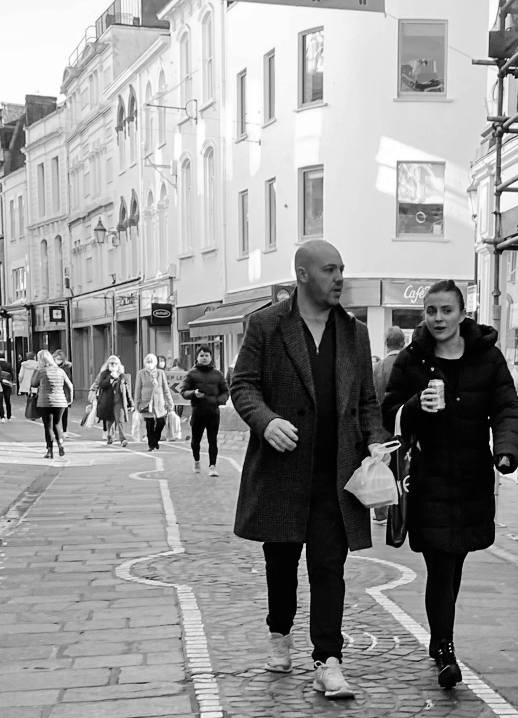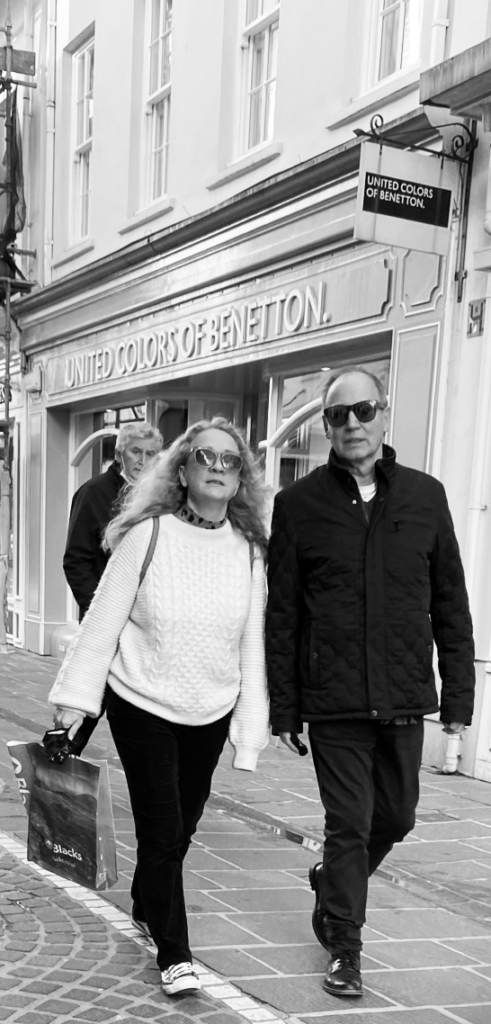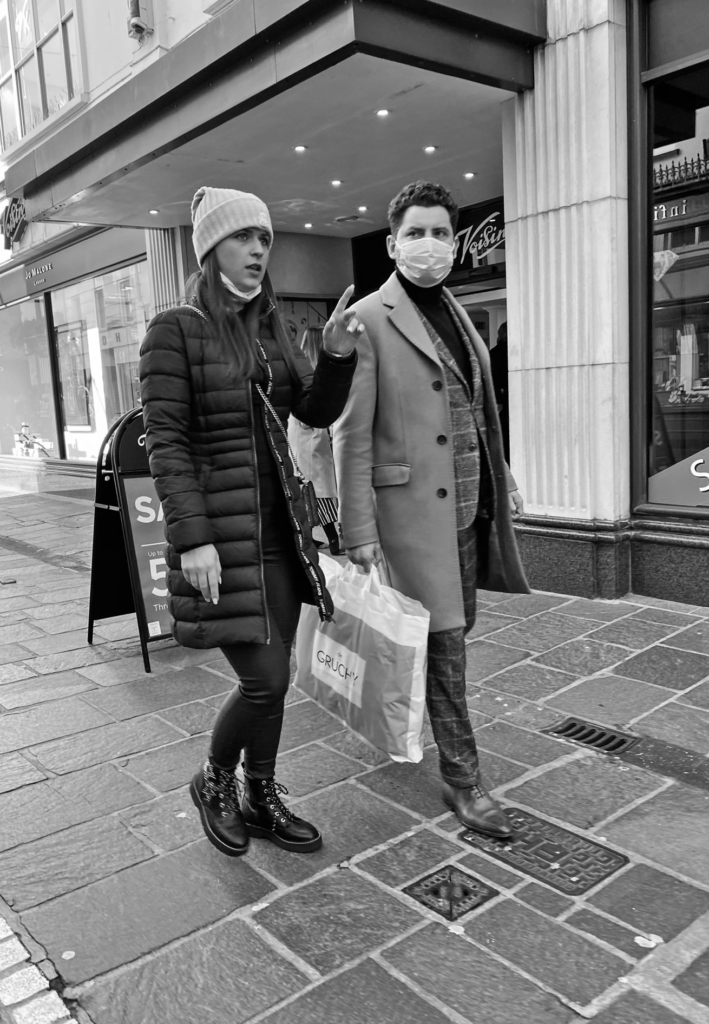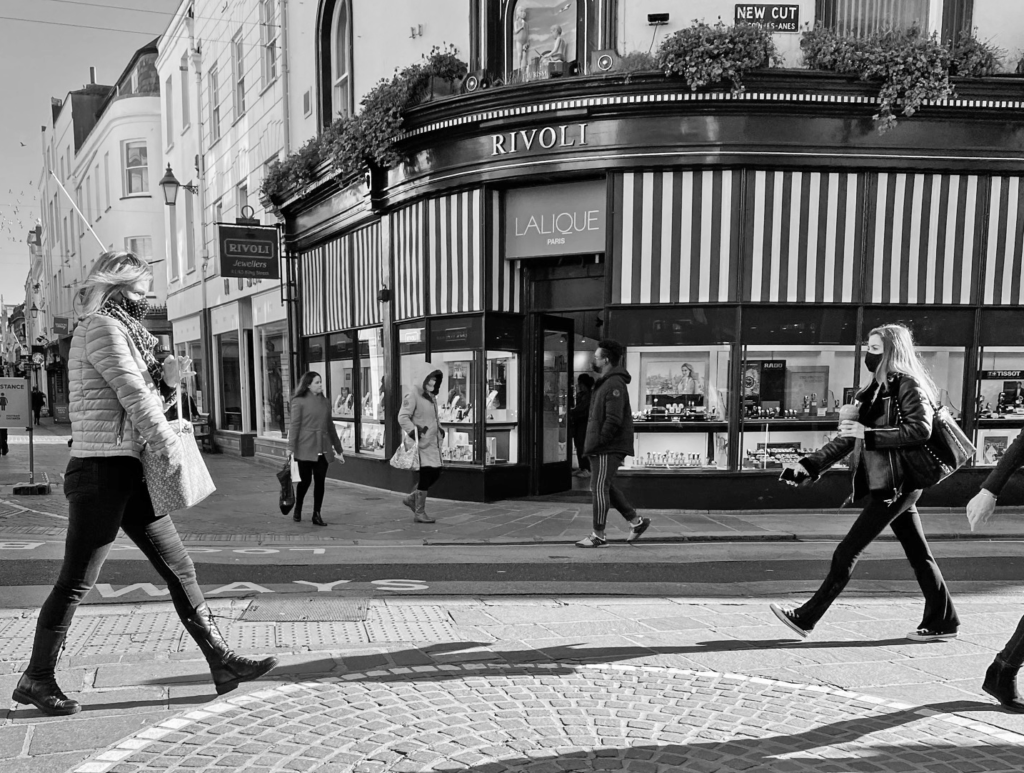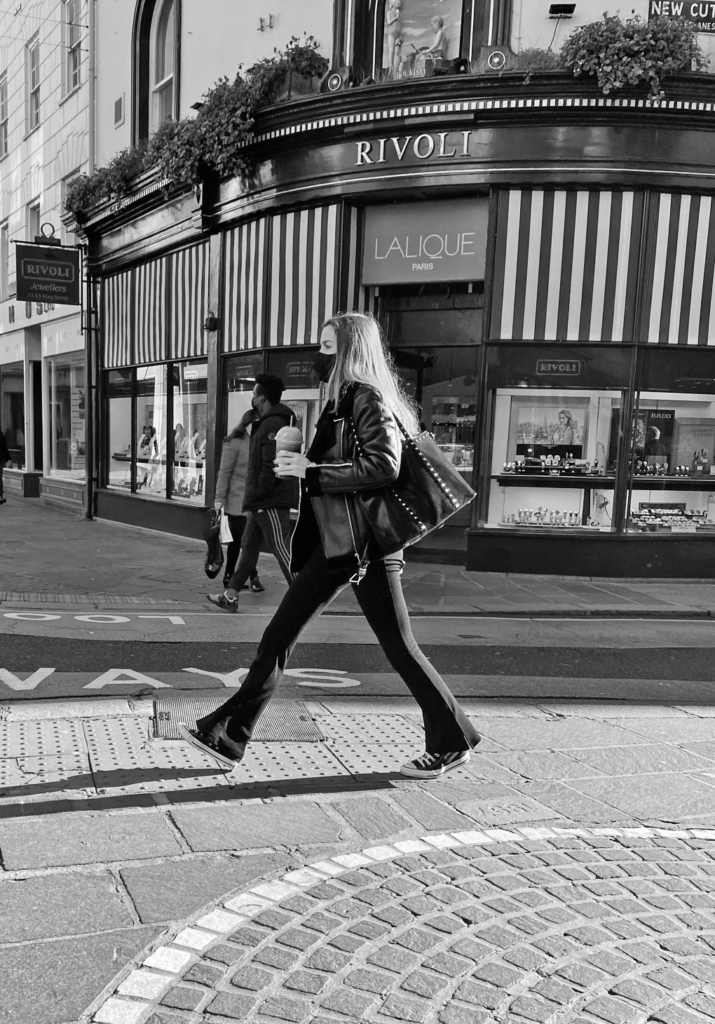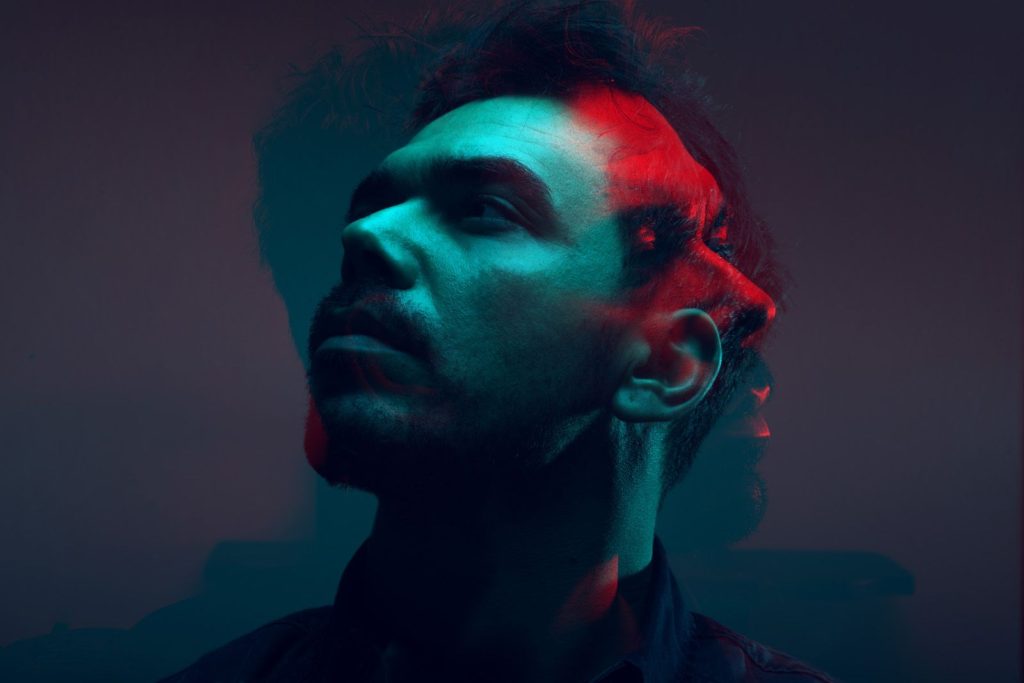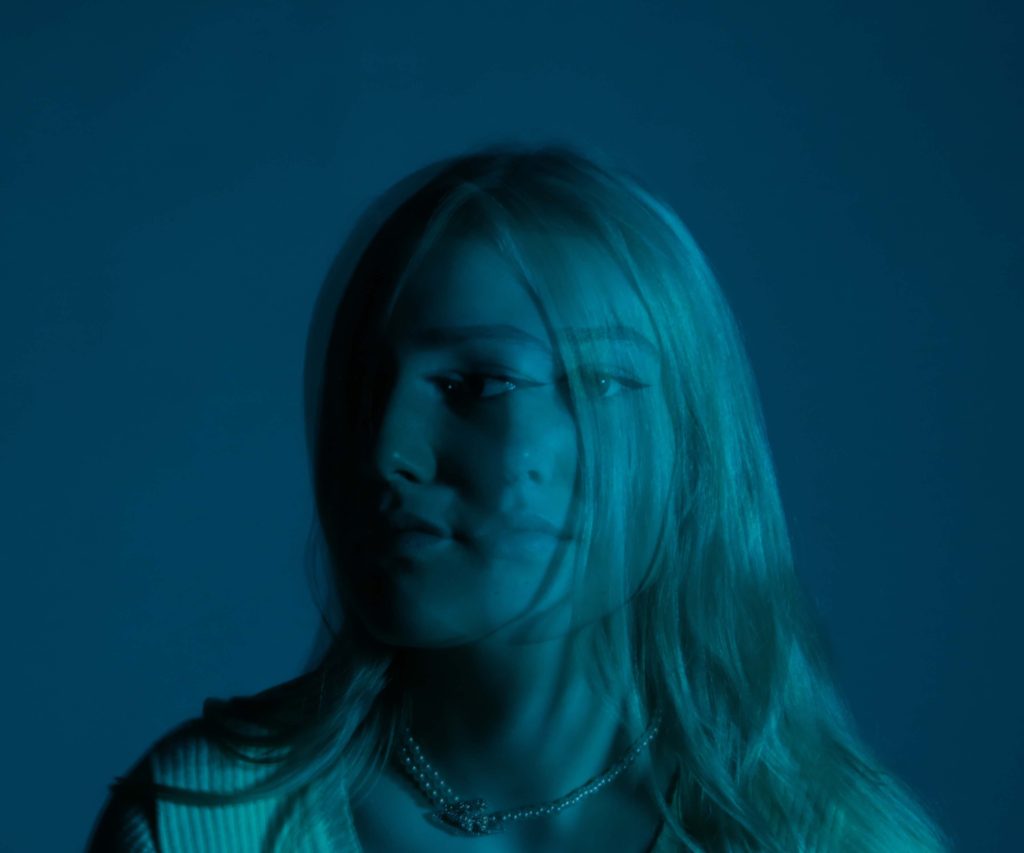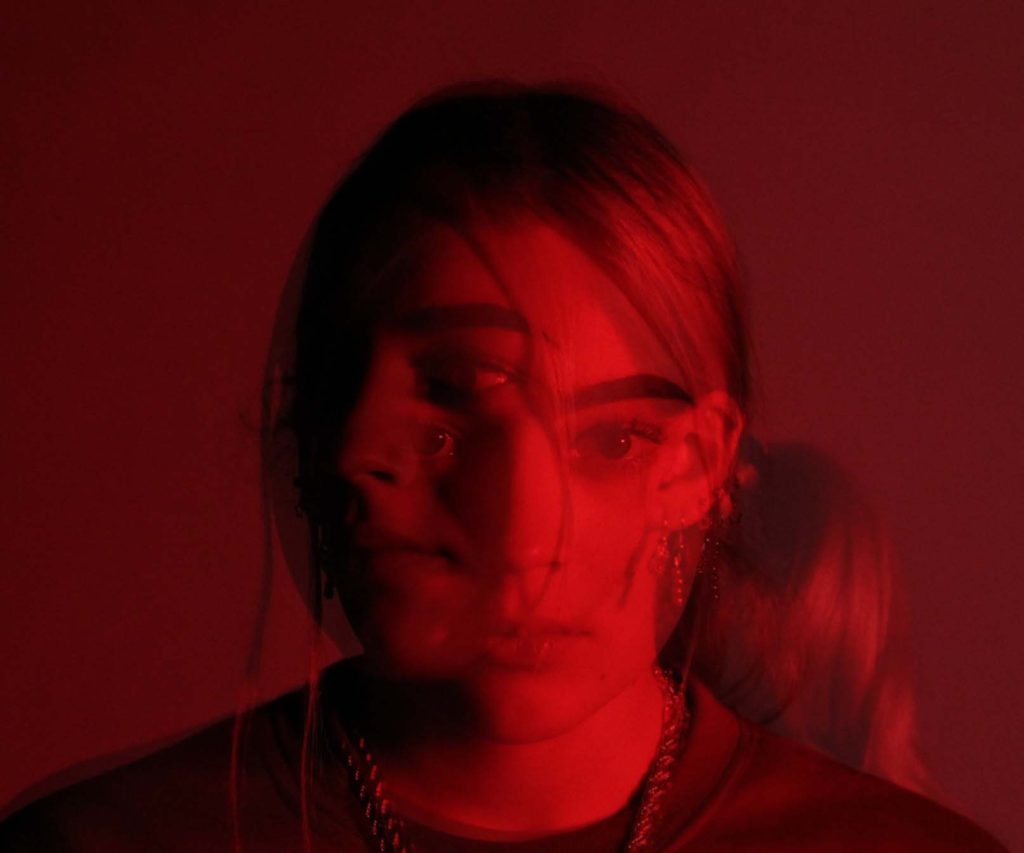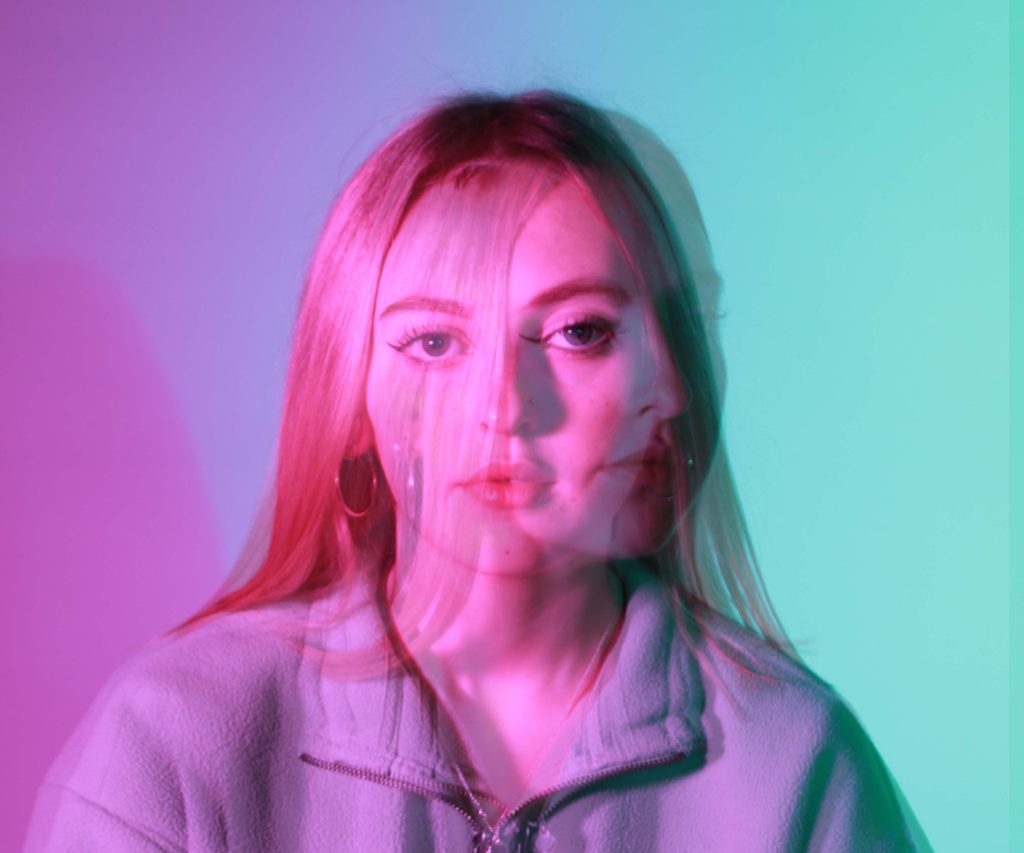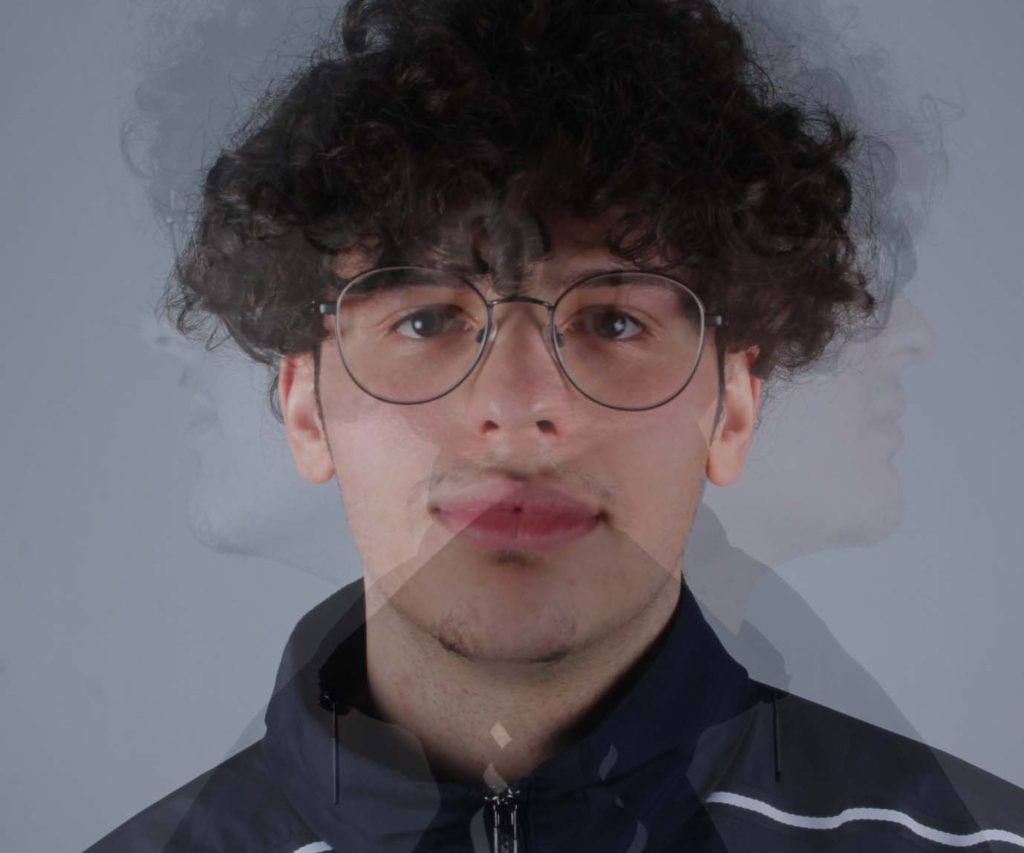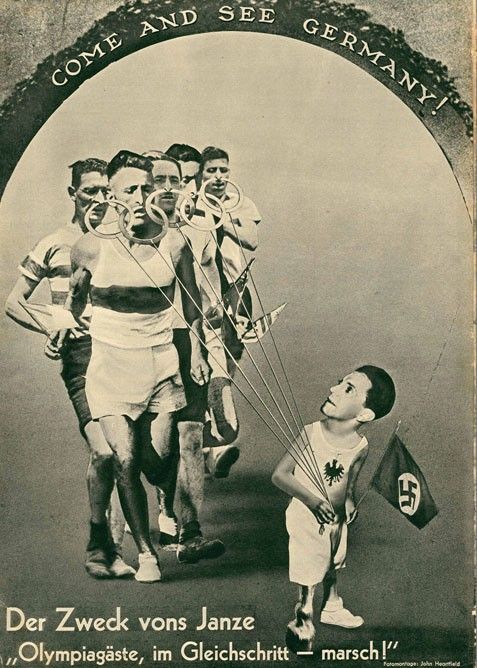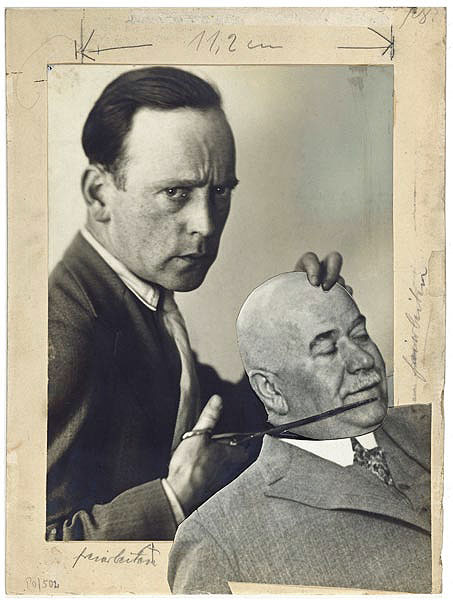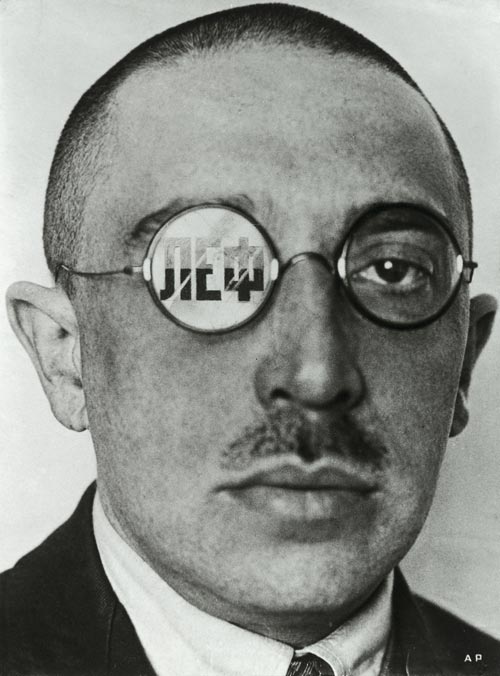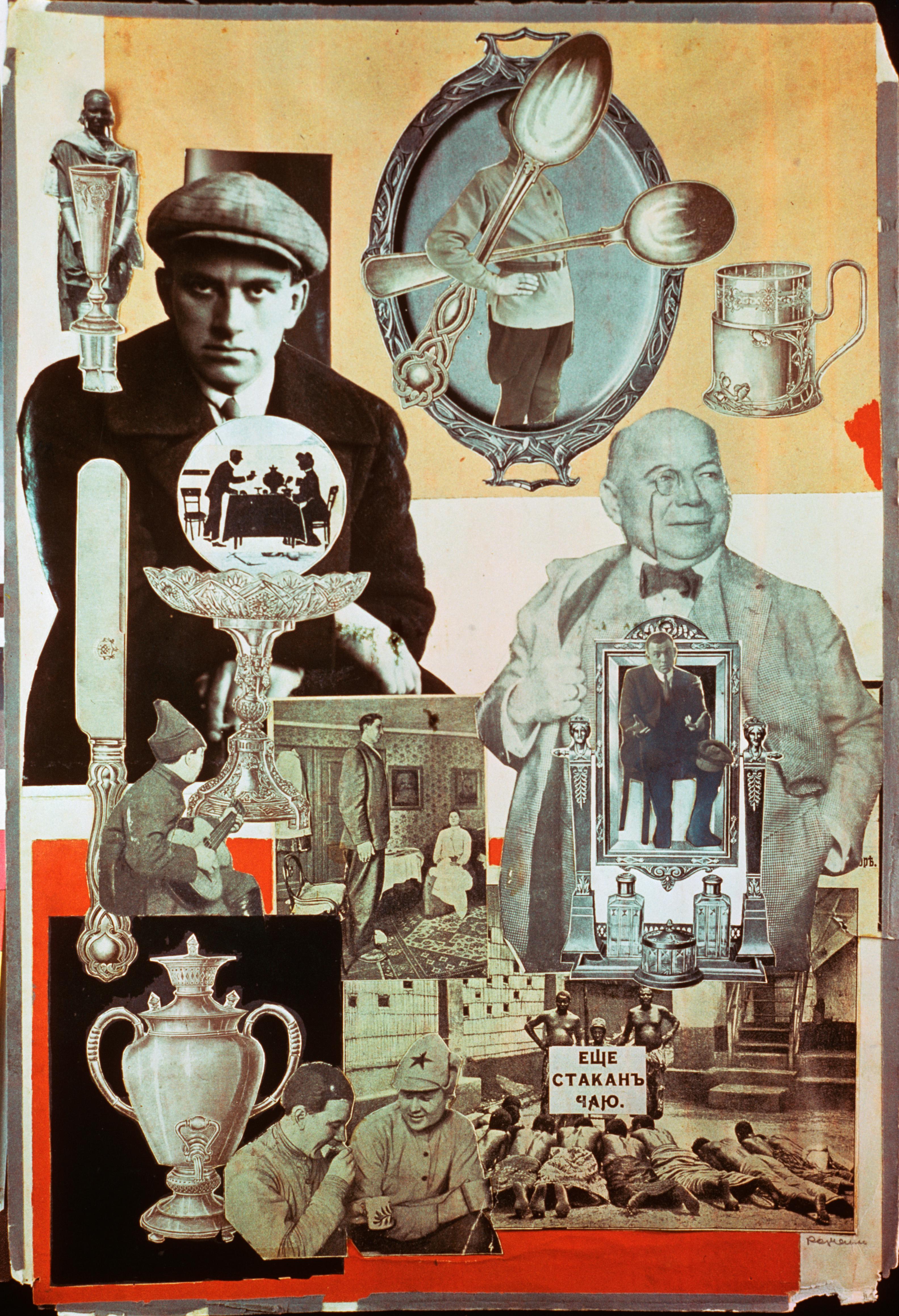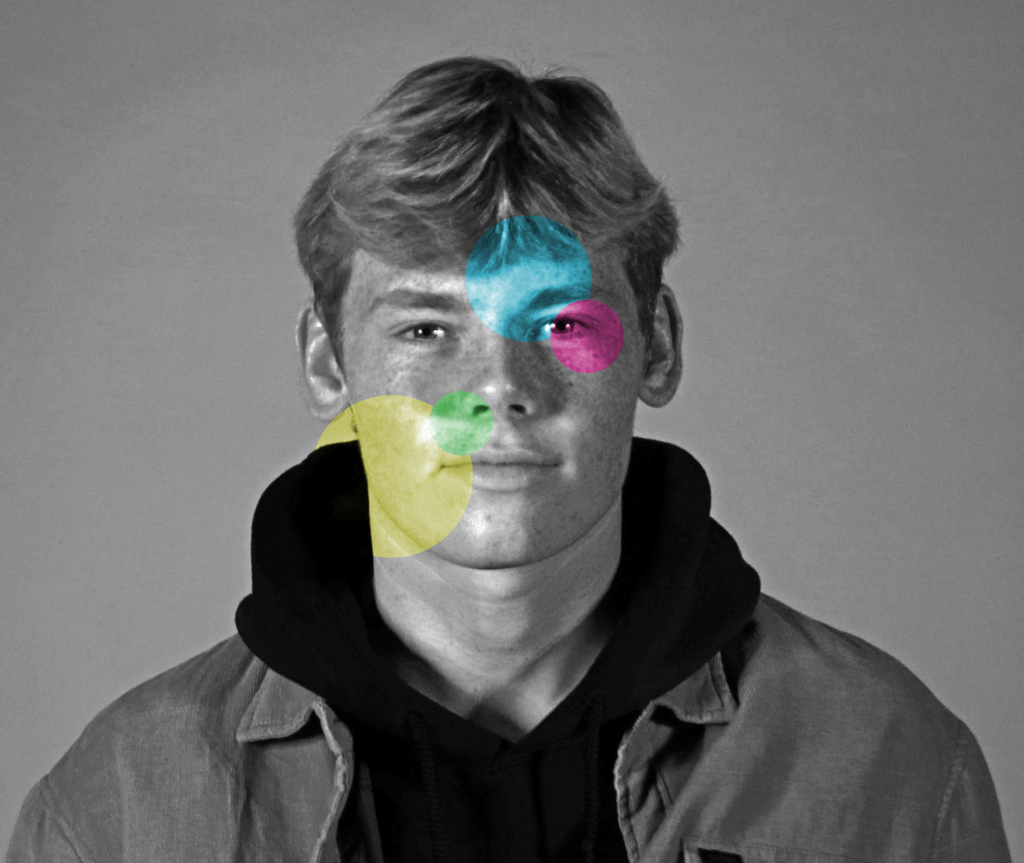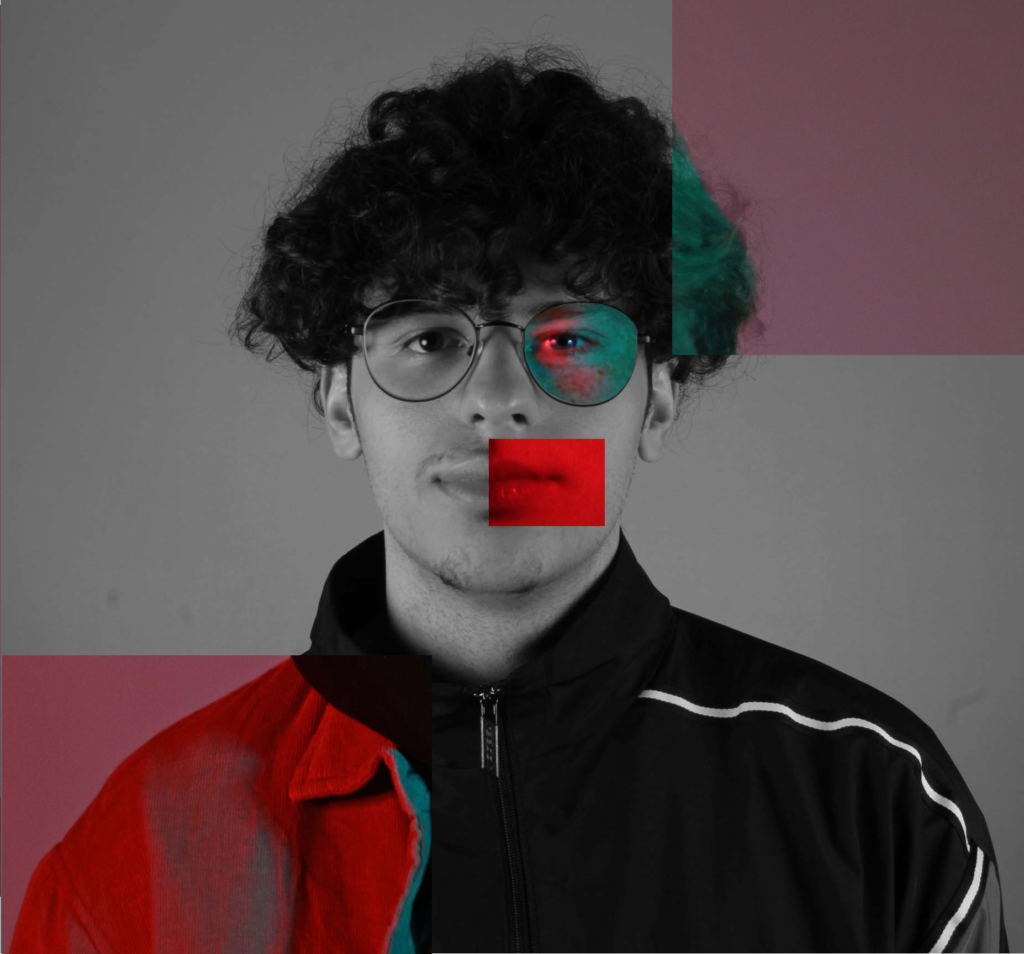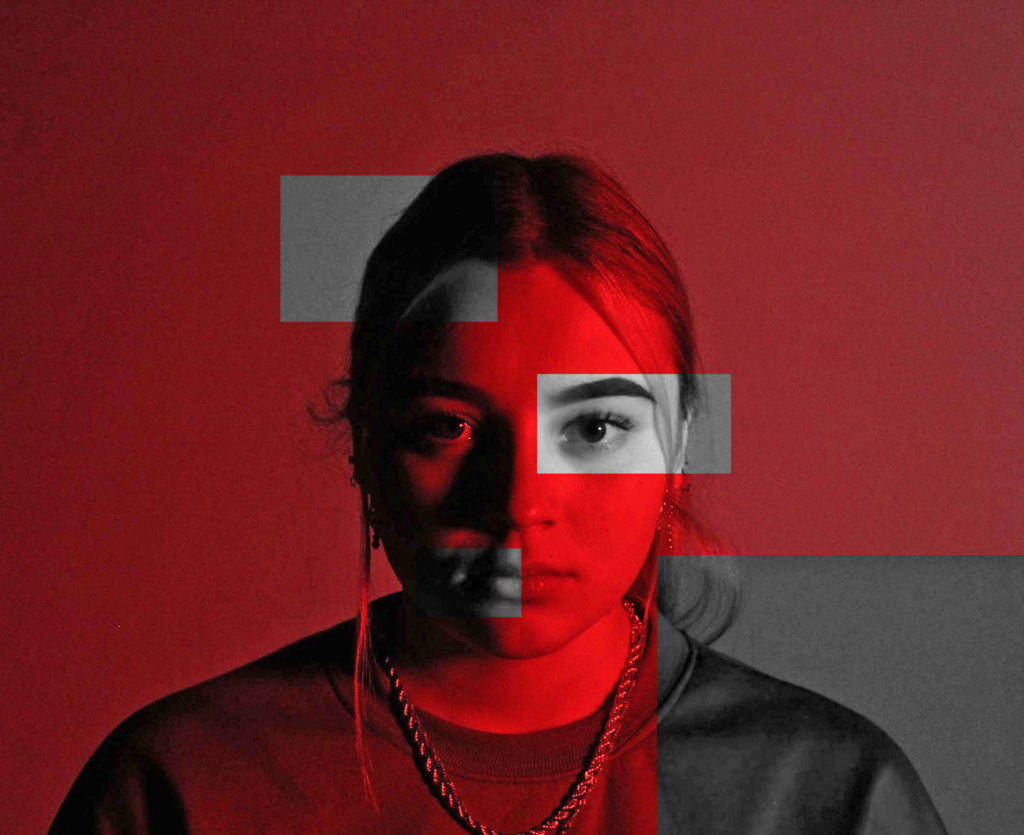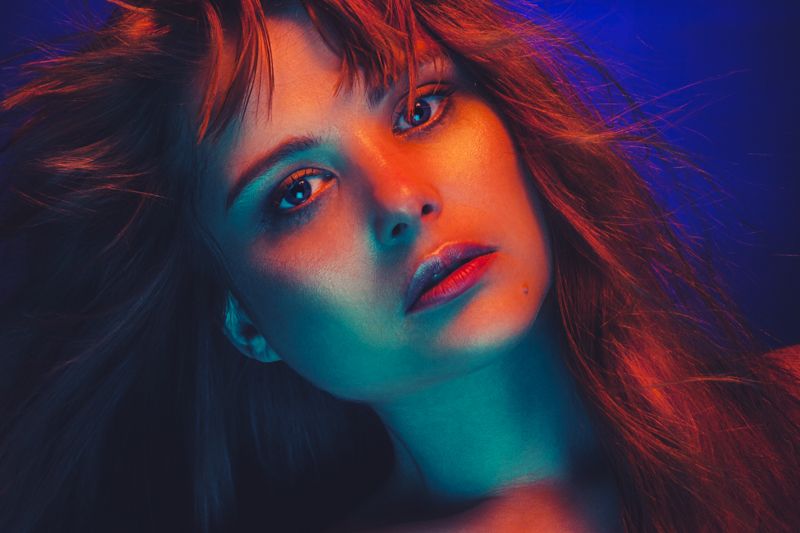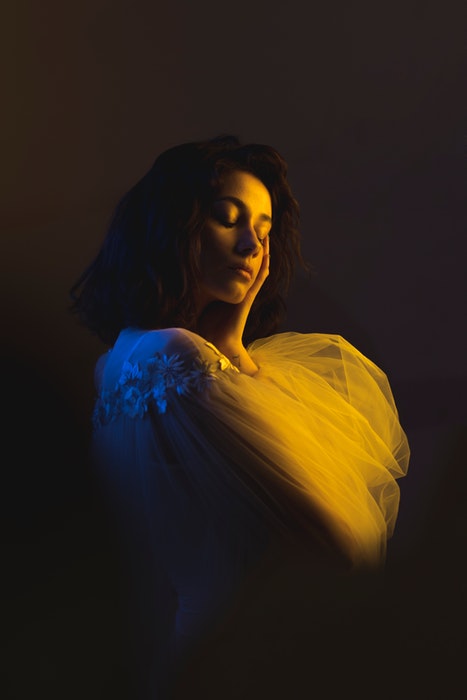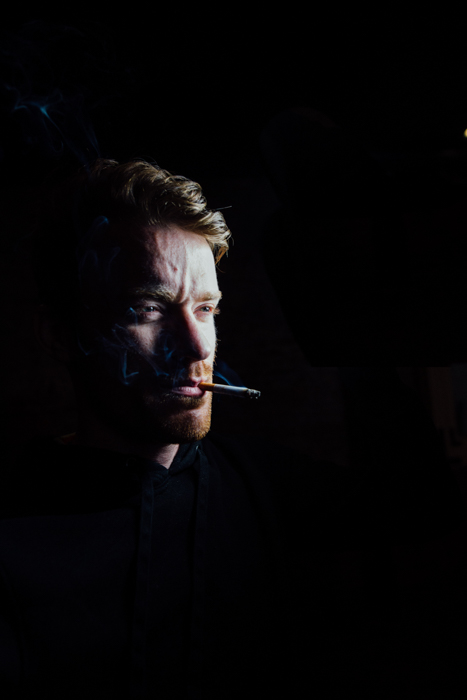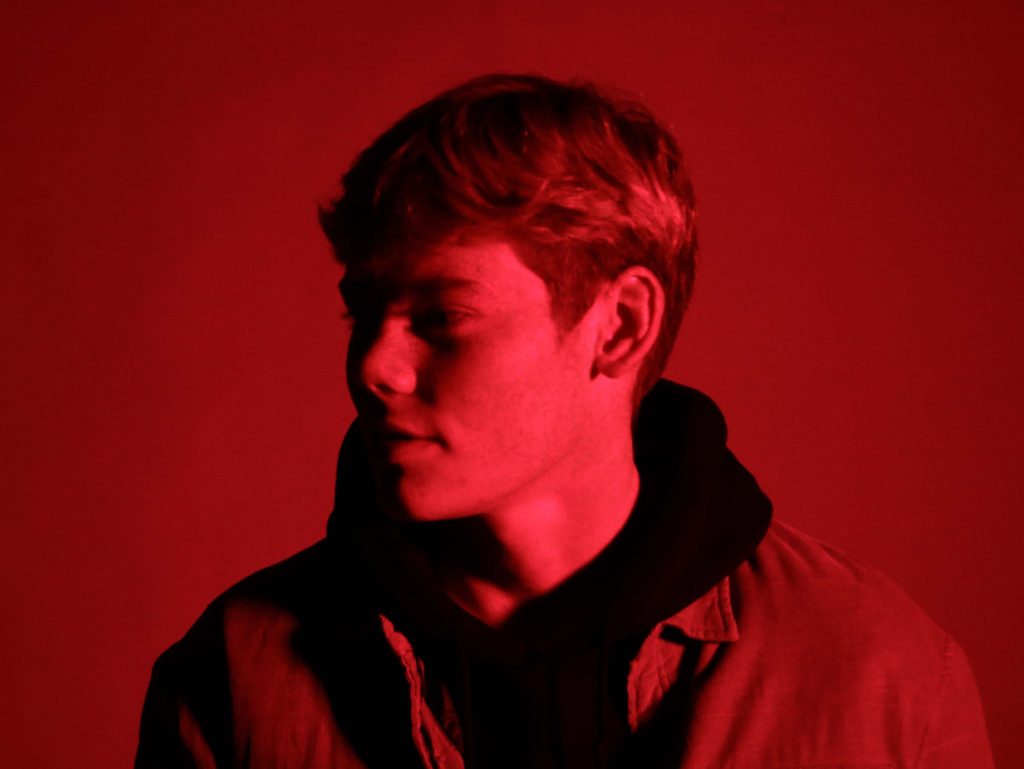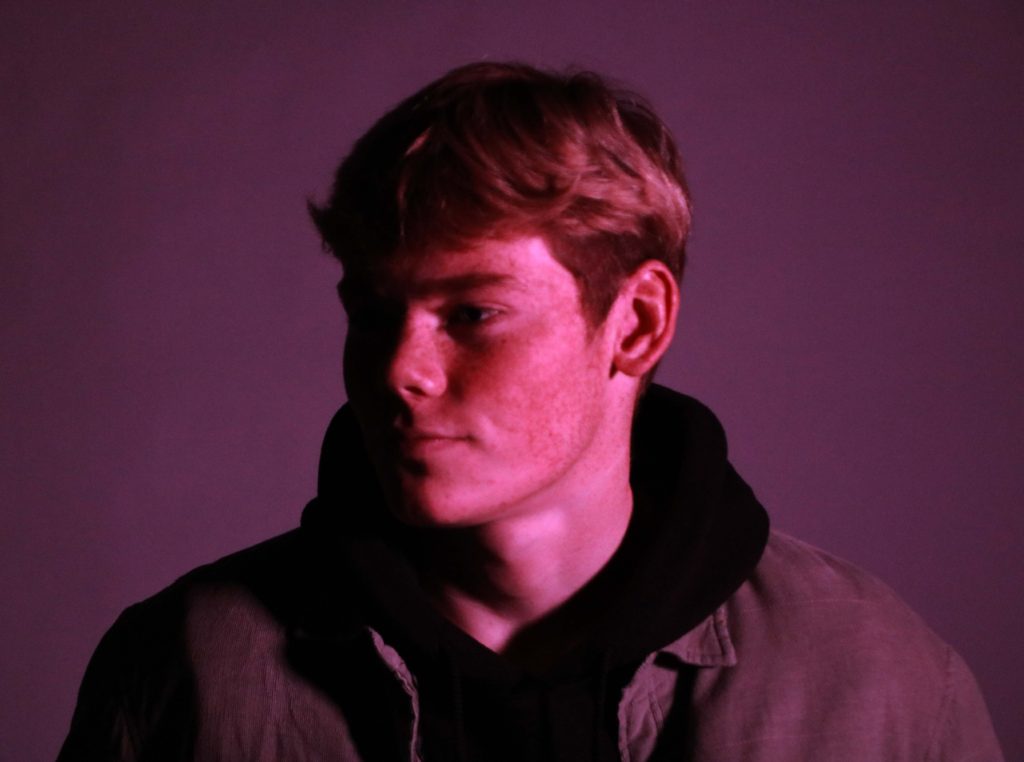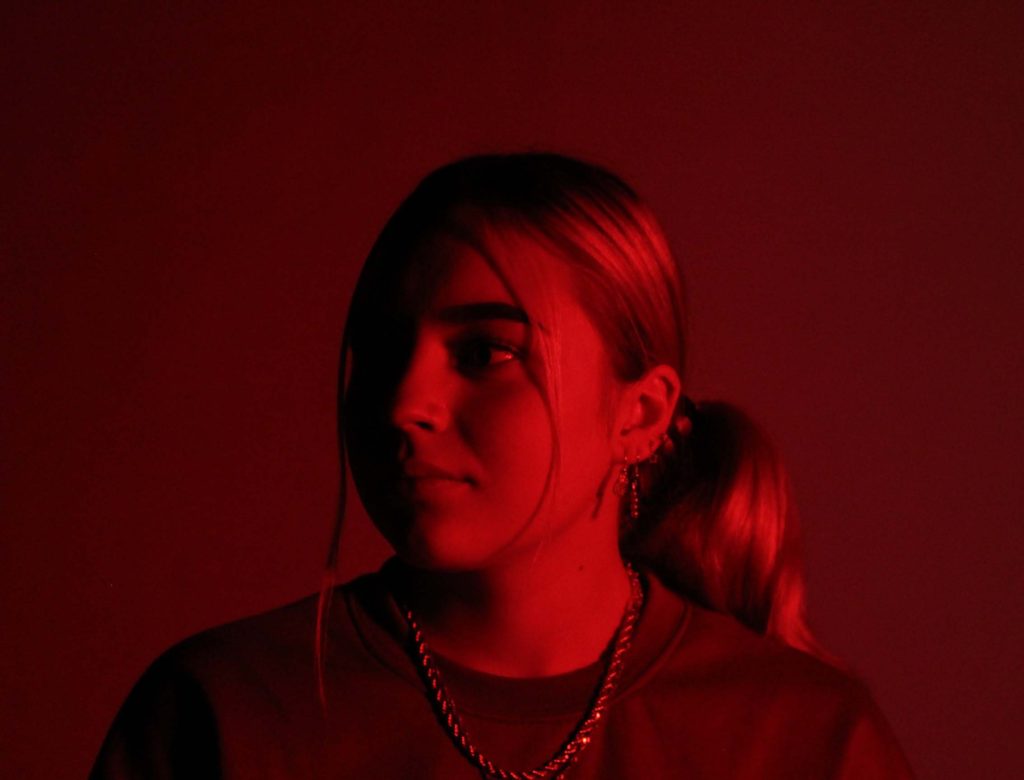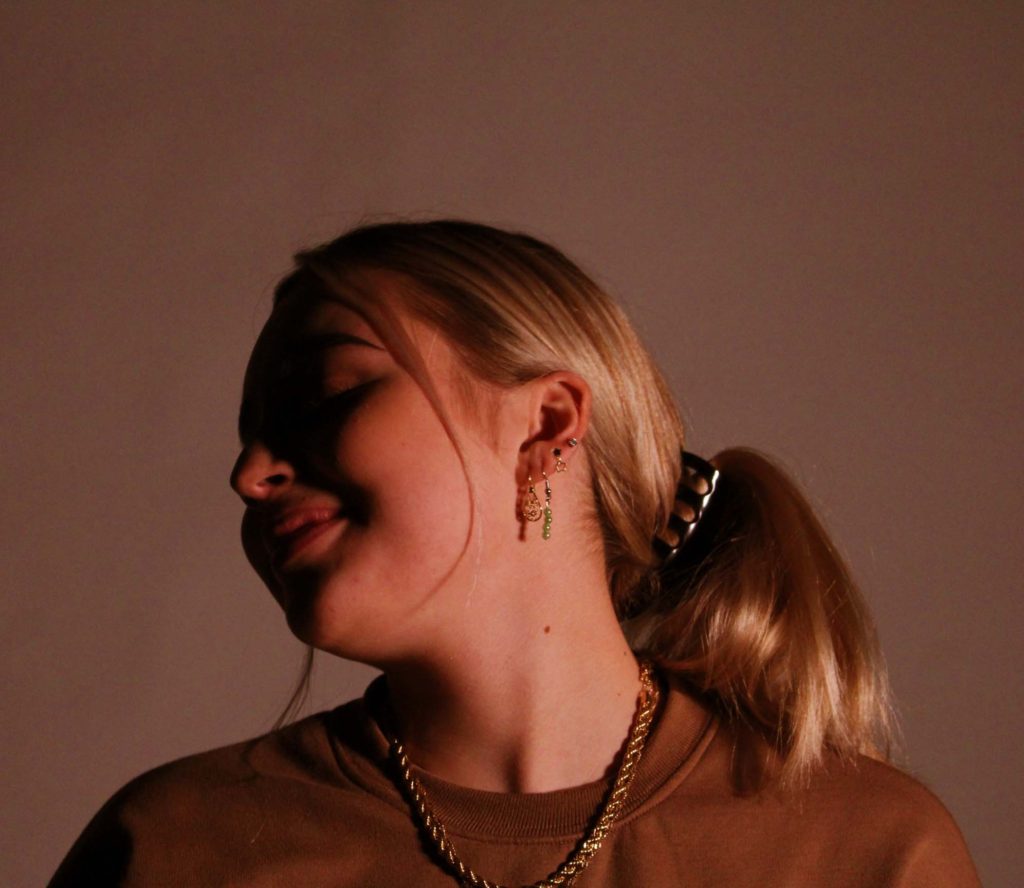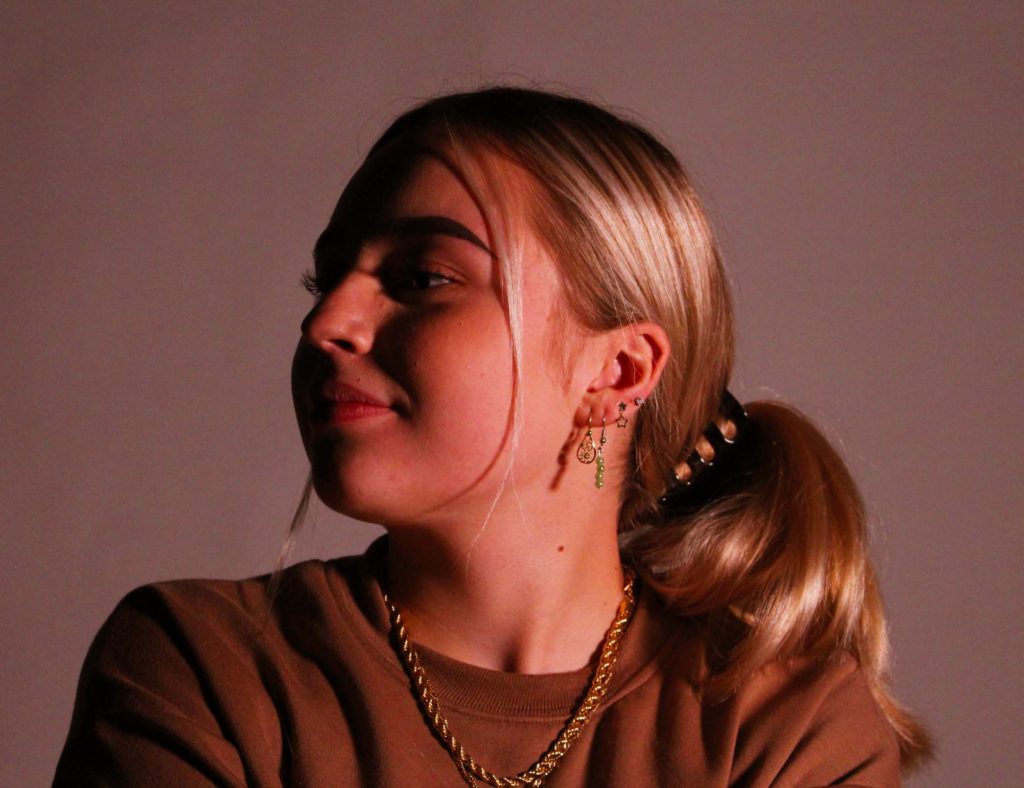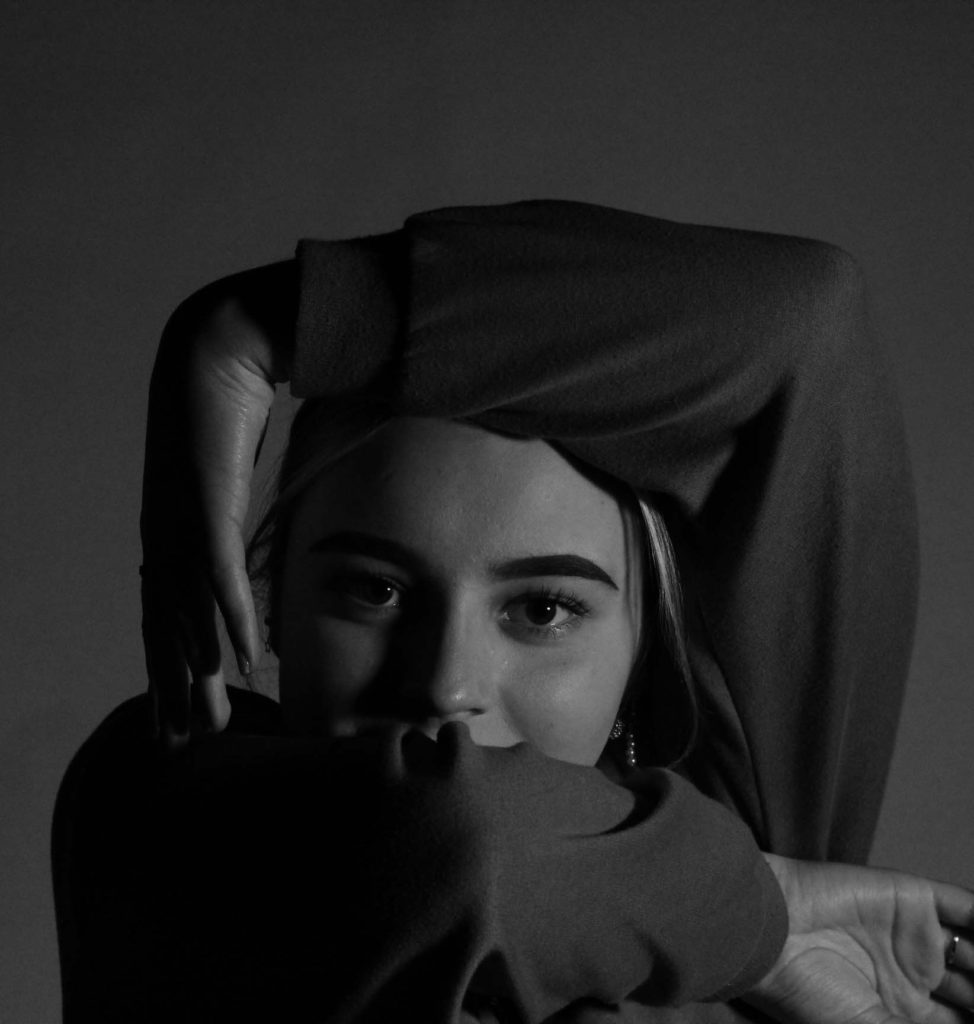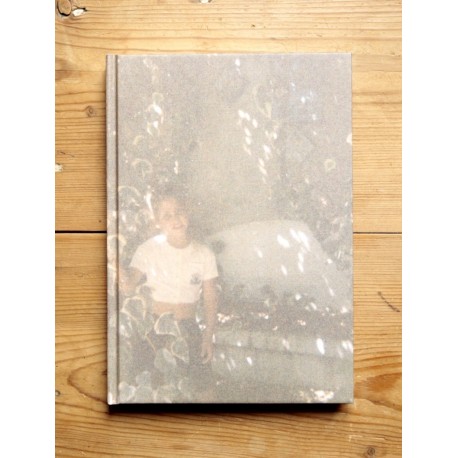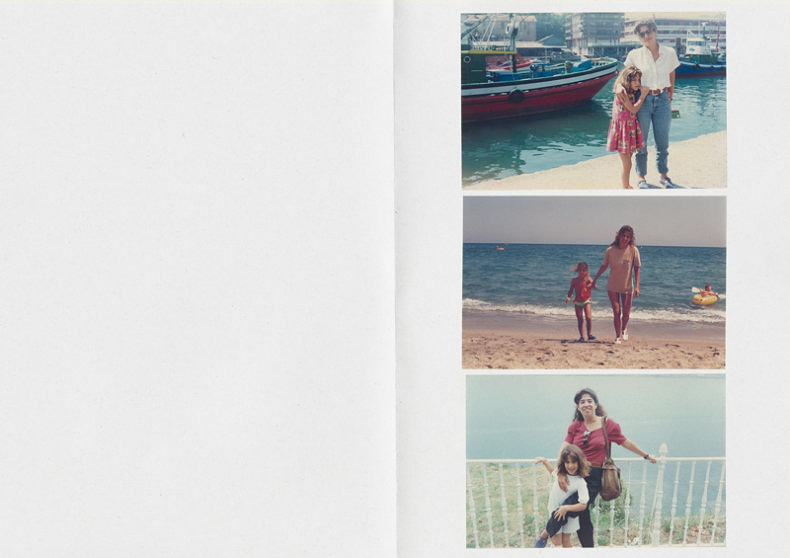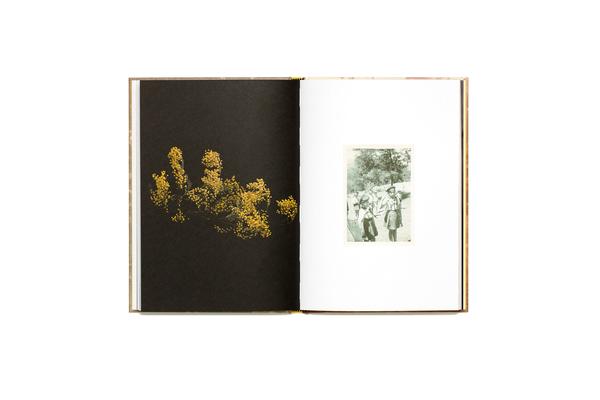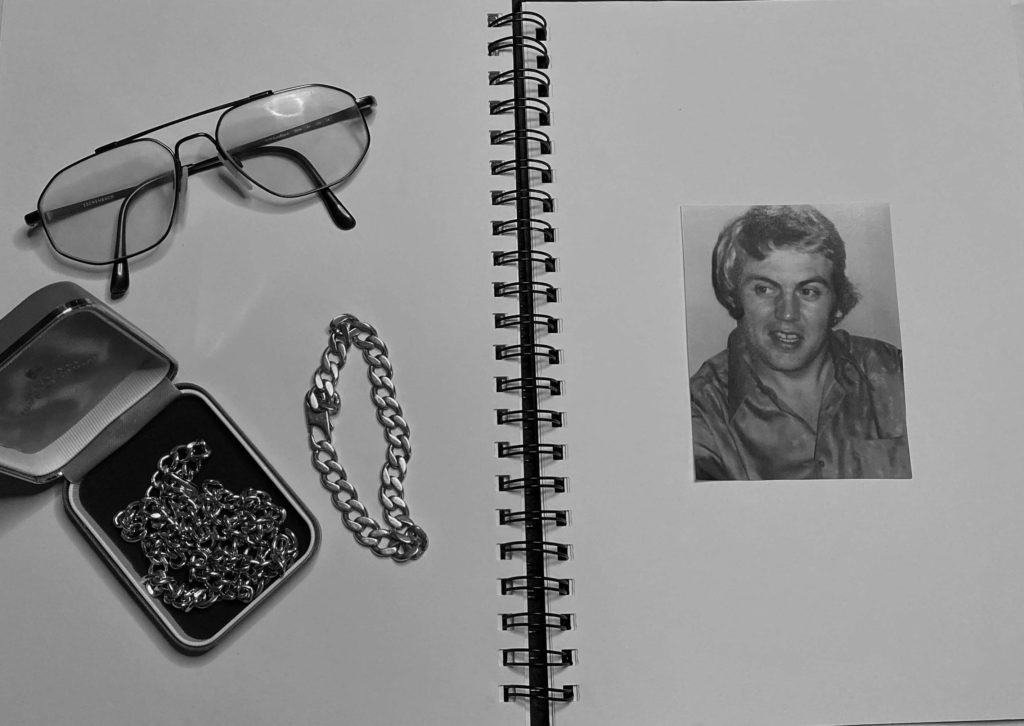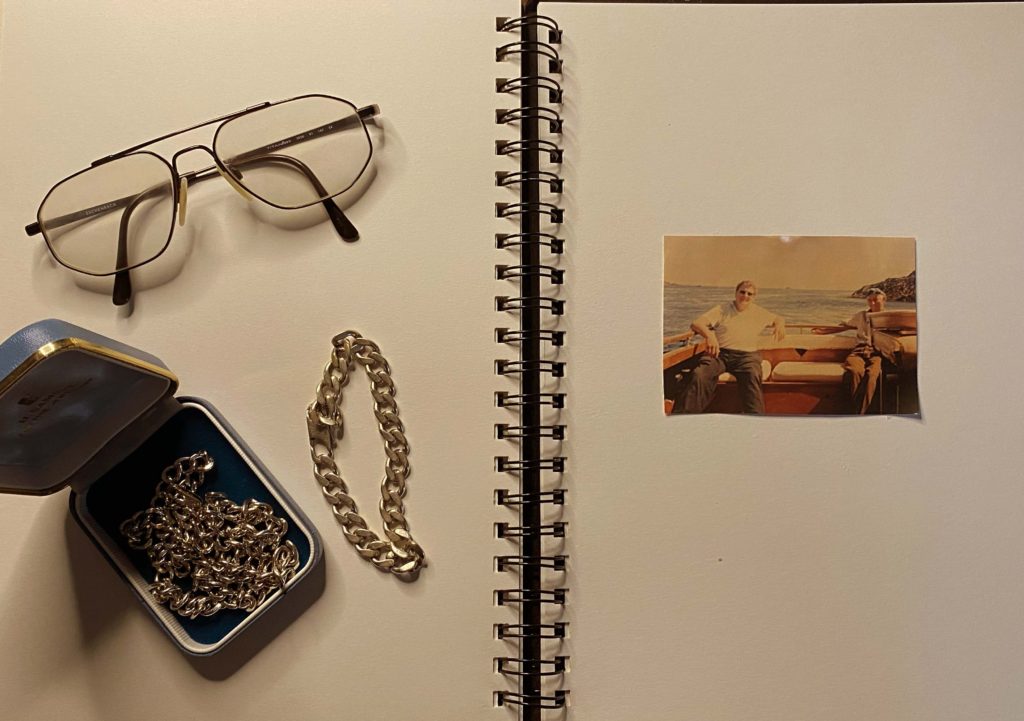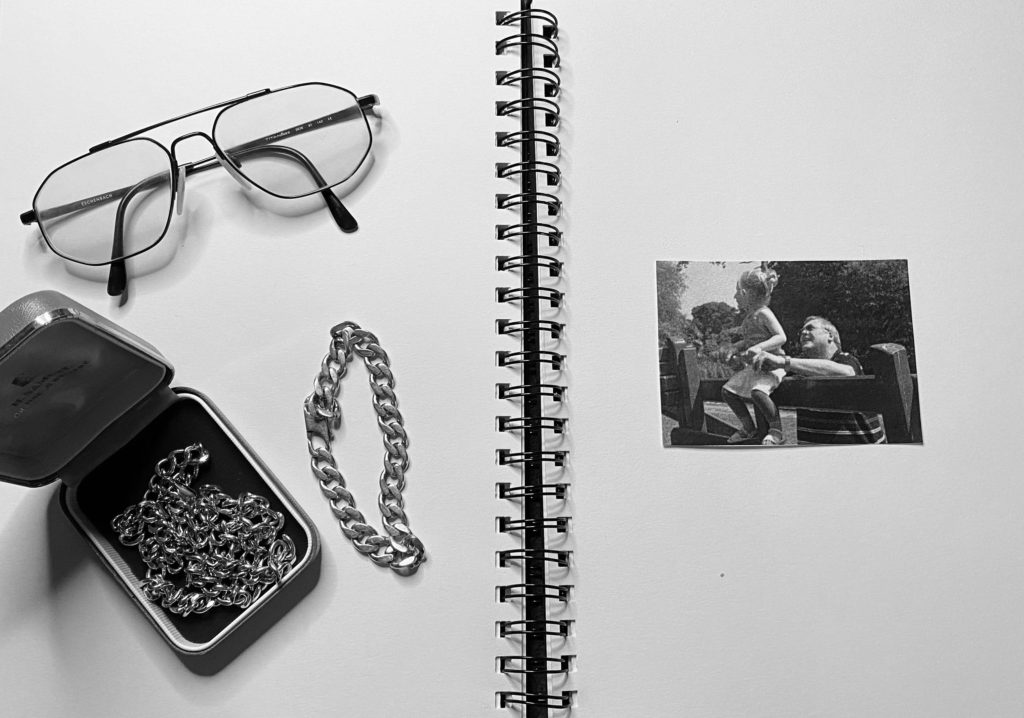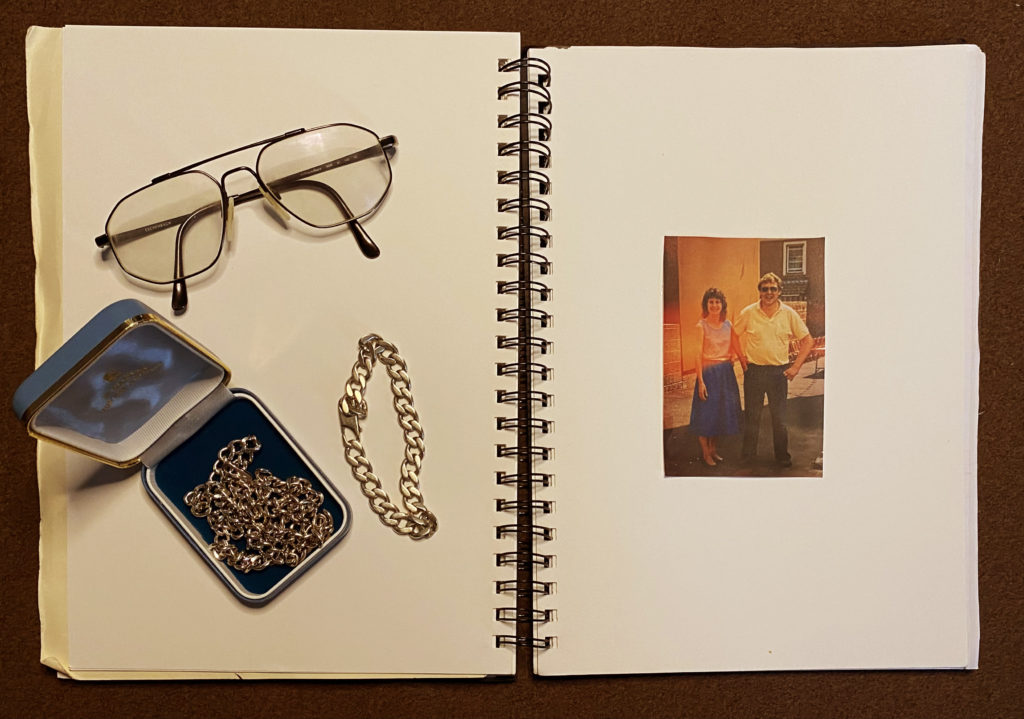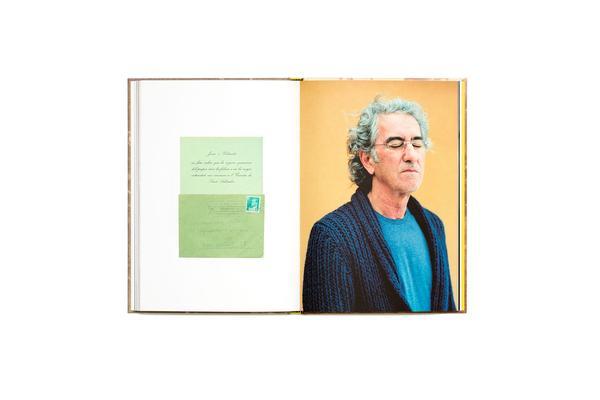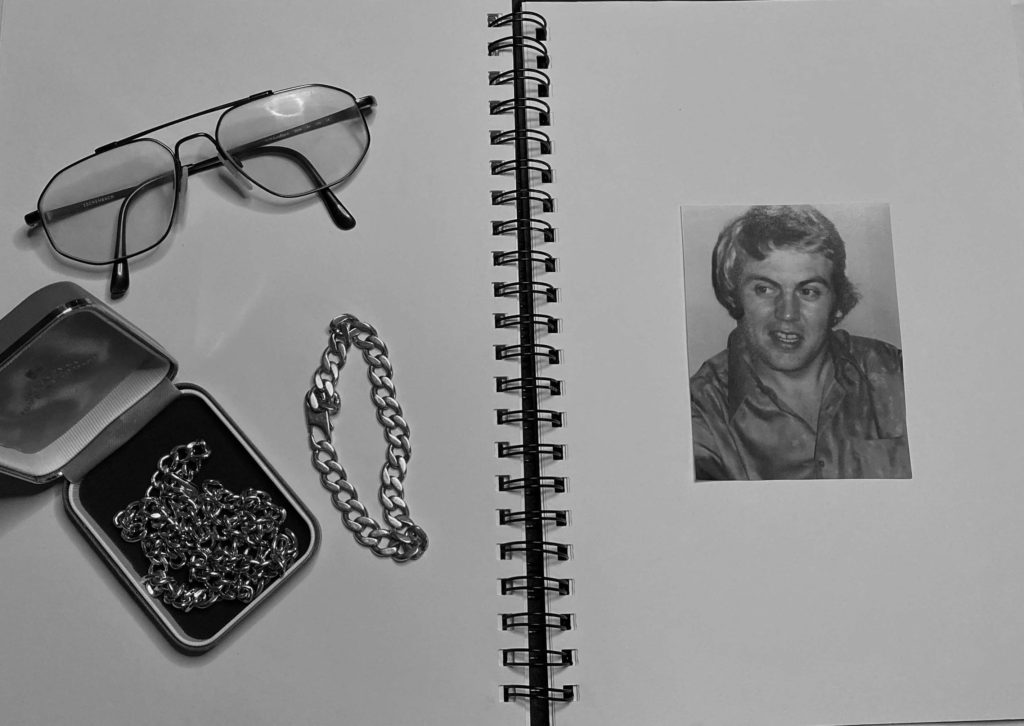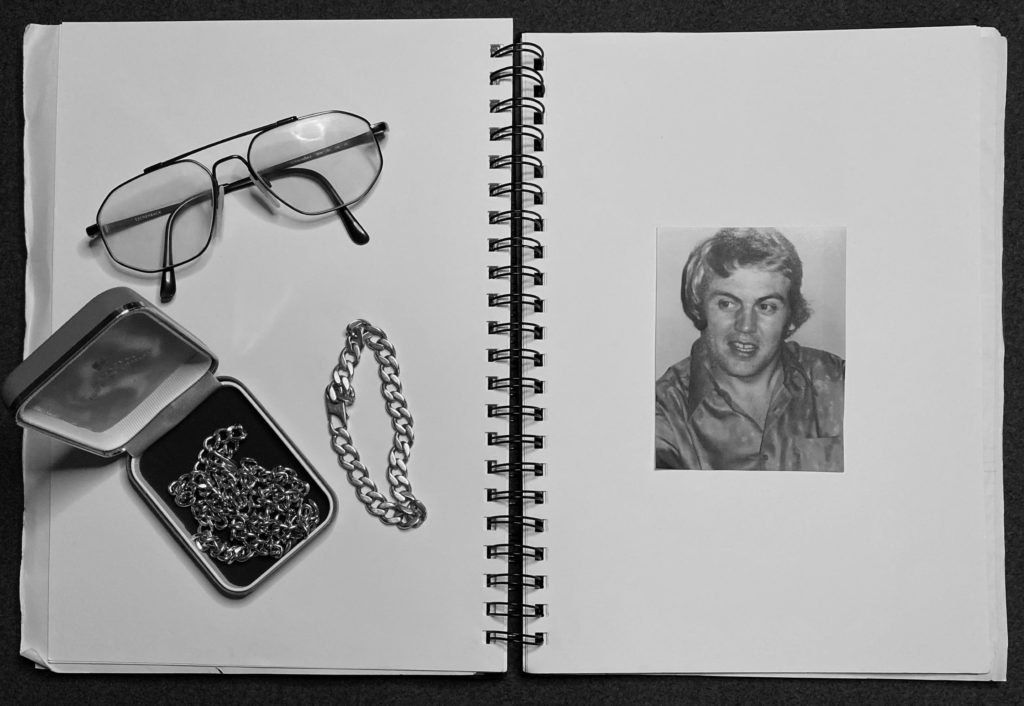Romanticism places particular emphasis on emotion, horror, awe, terror and apprehension. Romantic style images are luminous images, the source of light and subjects bathed in that light are full of delicate rich details and textures. These images are filled with texture, bright colours or can also be in black and white. Romanticism has a particular emphasis on emotion and individualism, along with a glorification of the past. Painters, poets and writers drew particular inspiration from nature, which played a prominent role in their depictions. Today’s most prominent landscape images definite a sense of mood and emotion infused through the images. Shadows are a prominent feature of the scene of a landscape photograph, and are rich in details and textures, and very often the story of the image lies in the shadows. It’s he depth and presence of shadow that make the light seem to come alive. The darkness in the shadows is never excessive; never too black that a sense of presence is lost. Landscape photography connects with the viewer in a way that means something, an image can create emotions, however, not all viewers will feel the same when looking at a particular photograph.
Examples of Romanticised Landscape Photography
Shoot



Final Images

This image is filled with colour, with both warm and cool tones. These bright and luminous colours strongly contrast against the black, creating a silhouette which bring out the bold colours even more. I took this image late in the evening at sunset in natural lighting to capture the shades as the sun went down. As the sun went down, the less light there was, which created the silhouette, to make it stronger I upped the contrast and made the brightness dimmer which made the colours the main attraction of the photograph.
Romantic landscape photographs have a particular emphasis on emotion, this picture creates a warm and calming sensation with a mixture of reds and the blue tones to create the feeling of tranquility.
What I like most about this image is the reflection of the sky onto the clear water that creates a blue pathway for the viewers eyes, leading them towards the horizon. The rocks either side of the water have shadow and texture that contrasts against the softness of the water. This image was taken midday in the warm, natural light from a low angle to capture the reflection in the water. This image is also very tranquil and still which calms the viewer. Even though this photograph is filled with cool tones, the bright sunlight creates a sense of warmth and comfort.


